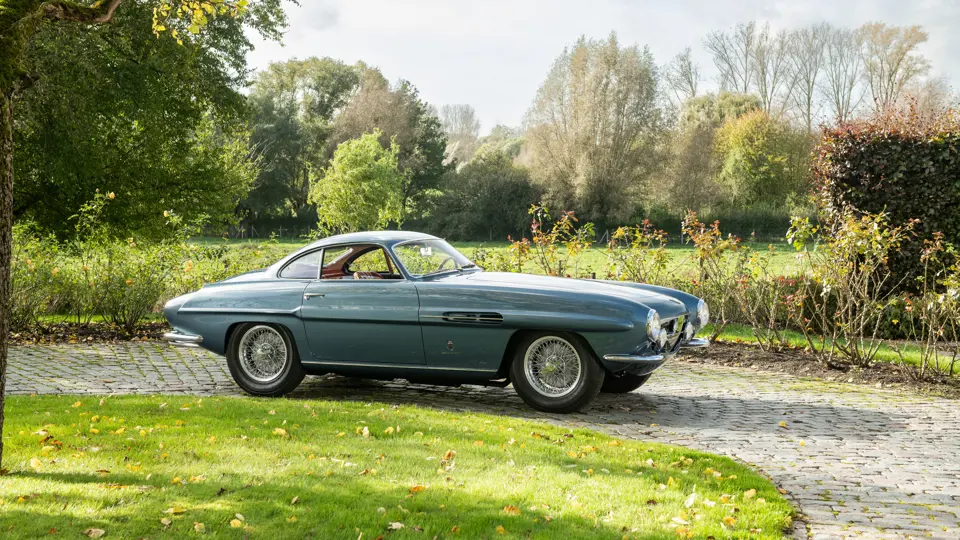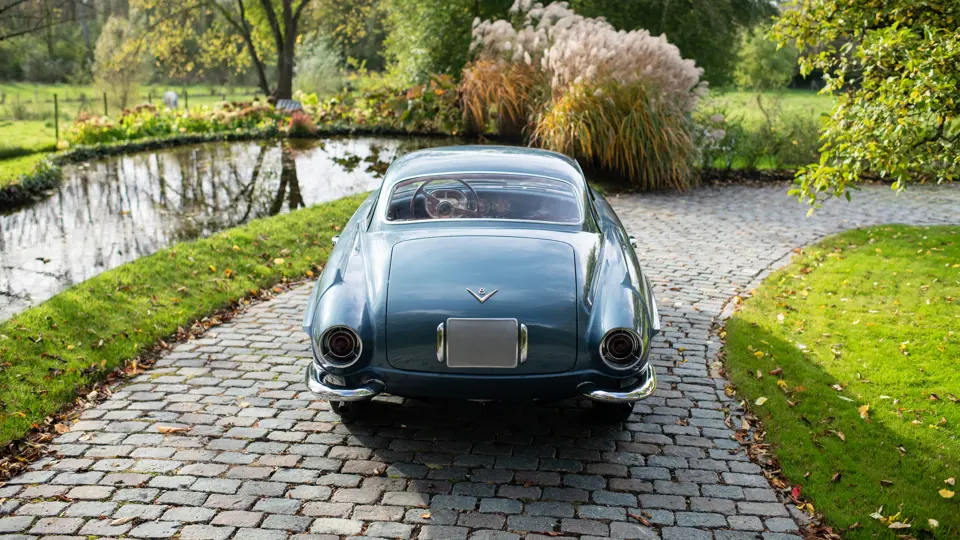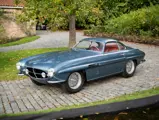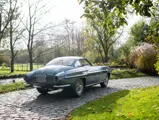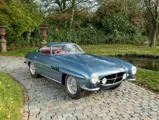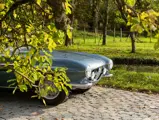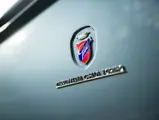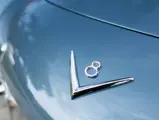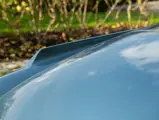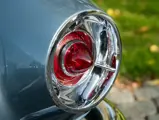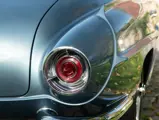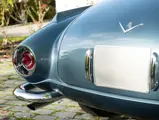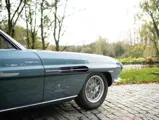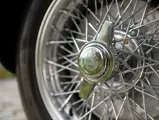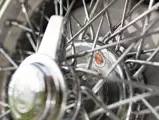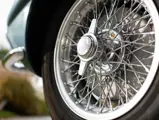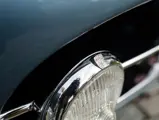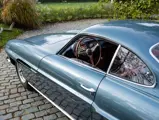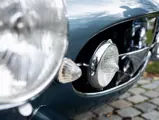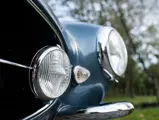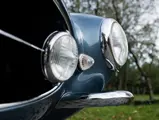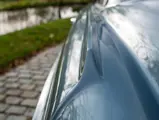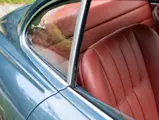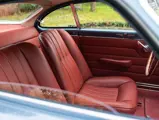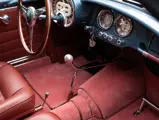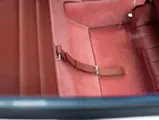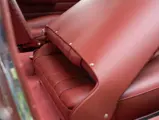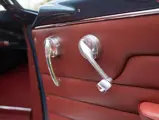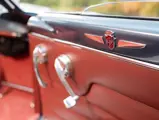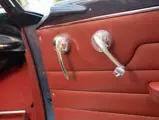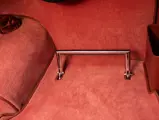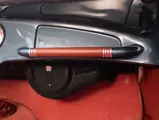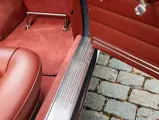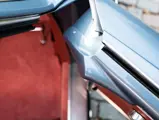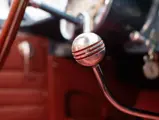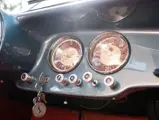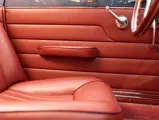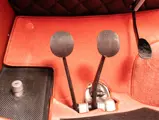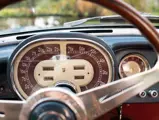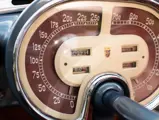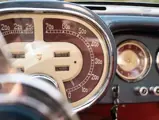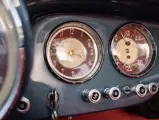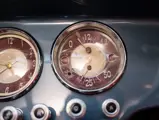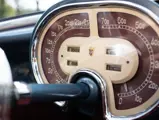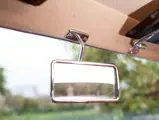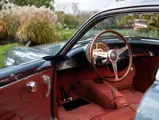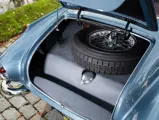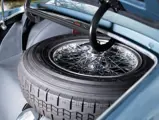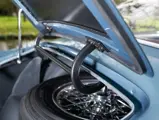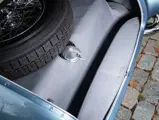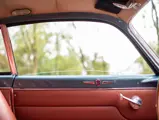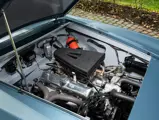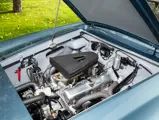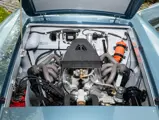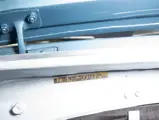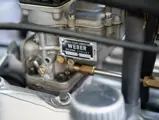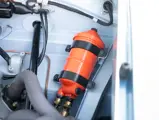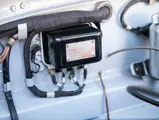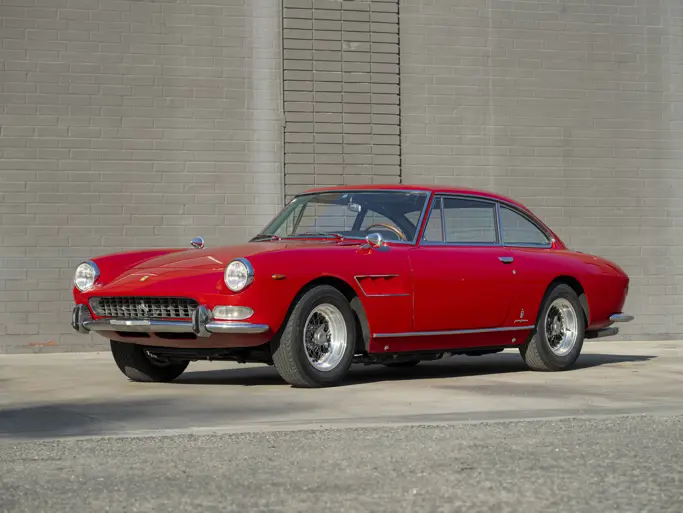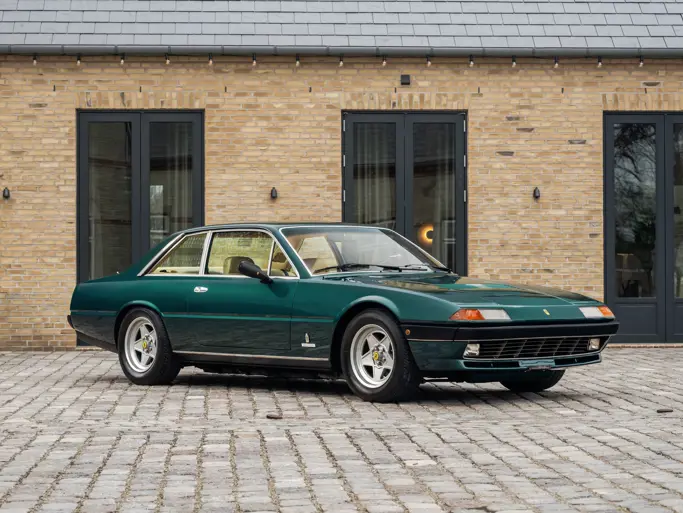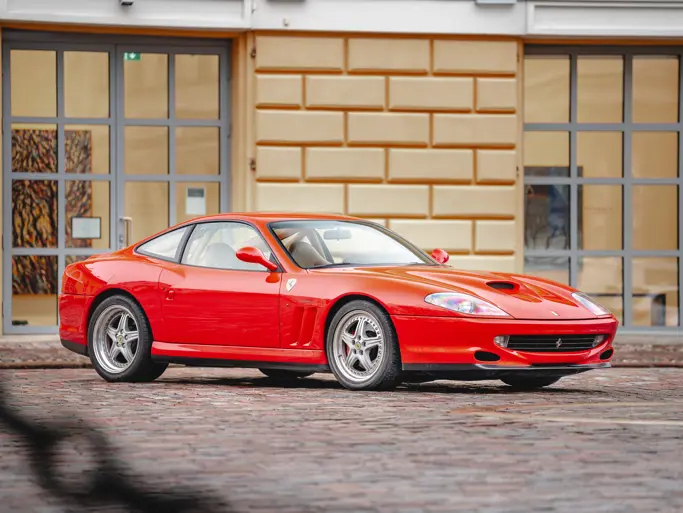
1953 Fiat 8V Supersonic by Ghia
{{lr.item.text}}
$2,425,000 USD | Sold
{{bidding.lot.reserveStatusFormatted}}
- The most stunningly presented example of the fourteen 8V Supersonics
- Minimally used by just four caretakers through the course of its 70-year life
- Emerging from 22 years of fastidious single-owner care
- Virtually unknown to the collector car niche, having never been publicly seen since the 1960s
- Retains matching-numbers engine
- Subject of a deeply documented, comprehensive three-year restoration completed by Italian craftsmen in late 2014
- Refinished in its one-of-one original color combination of sensational blue medio metallizzato over terra cotta leather by the esteemed Quality Cars of Vigonza, Italy
- Deeply documented with restoration invoices and over 2,500 restoration photographs, copies of owner’s manual, period FIA homologation papers, and technical schematic drawings
- Breathtakingly restored example ideal for introduction to world-class concours d’elegance and flagship motoring events
ENGINEERING A JEWEL
As a diamond that emerged from a figurative coalmine, the Fiat 8V was a shocking anomaly for a mass-market manufacturer better known for pedestrian models like the diminutive Topolino or the 500. Upon its introduction in 1952, Road & Track magazine described the 8V as “the biggest surprise of the year.” It was understandably a shock to the automotive world that, after decades of producing entry-level consumer models, Fiat would suddenly introduce a boutique-production sportscar.
The 8V featured a jewel-like, advanced, overhead-valve, light-alloy V-8 engine, and a lightweight chassis fabricated by the competition-tuning specialist Siata. This chassis was particularly distinguished by the specification of four-wheel independent suspension, an incredibly advanced feature for 1953 that gave the car remarkable handling qualities. For this reason, the Otto Vu, as it was known in Italian, was a favorite of European racing privateers, and the model went on to be successfully campaigned all over the world.
Like many sophisticated chassis of its era, the 8V was a prime candidate for custom coachwork. In addition to approximately 45 examples with factory coachwork designed by Fabio Lucio Rapi, the 8V was clothed in small batches by Vignale and Zagato, the latter of whose lightweight versions found great success in the Italian Sports Car Championships of the mid-1950s. But it was Carrozzeria Ghia’s run of 15 chassis that truly took the styling world by force, particularly with the stunning Jet Age design of the Supersonic coupe, which had been penned by the noted Giovanni Savonuzzi. Ghia mounted lightweight aluminum alloy Supersonic coachwork on 14 of the 15 8V chassis the company sourced from Fiat (with the lone outlying example being a one-off coupe of more traditional proportions).
The Supersonic body style was first seen on an Alfa Romeo-powered race car prepared by specialist tuner Virgilio Conrero for the 1953 Mille Miglia. This masterpiece of artistic automotive design was characterized by a long front deck with a steeply raked windshield, a curved nose that led into a straight-through beltline, and small tailfins punctuated with tail lamps resembling jet exhaust. Soon thereafter American designer and informal Chrysler associate Paul Farago ordered similar coachwork for a Fiat 8V chassis, and 13 more copies followed, each of them bearing minor detail differences but remaining largely true to Savonuzzi’s original dramatic design. They are widely considered to be the most sought-after and desirable of the 8Vs, boasting the finest combination of avant garde design cues from the Jet Age.
While the Supersonics are justifiably viewed as great achievements in automotive design, they are also historically significant as the opening salvo of a fruitful partnership between Ghia and Chrysler. With Farago’s consistent involvement, the two companies went on to collaborate on an assortment of important one-off show cars and limited-production models with input from American designer Virgil Exner, including the Chrysler GS1, the DeSoto Adventurer II, and the Plymouth Explorer.
EMERGING FROM FIVE DECADES OF SECLUSION
This exquisite Supersonic benefits from a short and well-documented ownership chain that has culminated in a painstaking restoration by some of Italy’s most respected craftsmen. The car has been notably absent from the collectible car niche for over six decades, making its reappearance for this offering an extremely rare opportunity.
According to the combined data of Tony Adriaensens’ authoritative, model-specific tome Otto Vu, as well as research by the consignor, chassis number 000053 was dispatched from the Fiat factory in late July 1953. By dispatch date the 8V was the penultimate rolling chassis shipped to Ghia that year, although by chassis number and body number it is the eleventh of the 14 Supersonic examples built on a Fiat chassis.
The coachwork was finished in the striking shade of blu medio metallizato over an interior upholstered in terra cotta leather, and the 8V is known to be the only Supersonic built in this exquisite color combination, making the car extremely unique. Later that year the Fiat was delivered to its first owner, Alessandro Sarti of San Marino, the landlocked microstate near Italy’s Adriatic coast. As demonstrated by a clipping on file from a 1955 issue of Auto Italiana, Mr. Sardi displayed his Supersonic at the Rimini Concours d’Elegance, and likely retained possession through the remainder of the decade.
In 1960 the Fiat was sold to Piero Fagioli of Rimini, Italy, who reportedly purchased the car as a potential parts donor for an 8V
In 2001 the Fiat was discovered in this unique unrestored “barnyard find” condition by the consignor, a respected and discrete collector from Belgium. As an 8V enthusiast who had taken an interest in the model decades before it became fashionable, he was blown away by how original the car remained after so many years of storage. Fully aware of just how special the long-unseen Supersonic was, the consignor acquired the car without hesitation, and he then carefully mulled which restoration path to take and to whom he should entrust the work.
The 8V remained stored until spring 2011, when the consignor finally commissioned the highly regarded Quality Cars of Vigonza, Italy to commence a restoration of the body and interior. As remainders of the original paint and leather were discovered intact, the specialists were able to match the samples and expertly refinish the alloy coachwork in the ravishing original Ghia color combination of blu medio metallizato paint over a terra cotta leather interior.
This fascinating metallic paint color accentuates the complex, exquisite body lines better than any other color and perfectly fits the Jet Age-styled design of the Supersonic. The complexity of the execution of the body panels will come as no surprise to the more knowledgeable car enthusiast. To paraphrase Ghia’s slogan: “Why make it easy if you can make it complex?” The numerous fine details, including the front and rear fenders, the panel lines, and the door trim, all bear witness to this design philosophy. The Art Deco-styled bumpers provide a finishing touch to the extravagant design, while the polished Borrani wire wheels complete the period-correct presentation, making this car the best of the best.
The interior was reappointed with the perfect choice: a selection of the finest quality leather in the shade of terra cotta, the color of the well-known Italian pottery. The original seats were still covered with the original leather, so it was relatively simple to match the color. The seats were hand-stitched and reupholstered in the traditional method, as shown in the documenting photos. The unusual and seldom-seen color perfectly harmonizes with the blu medio metallizato, making an elegant statement of the utmost taste.
In conjunction with this work, the consignor retained Roberto de Checchi’s Motor Holding to address all mechanical considerations, which included a full rebuild of the matching-numbers engine and gearbox, as well as a complete rejuvenation of the chassis and related running gear. A number of measures were taken to tastefully improve the car’s performance, including the use of upgraded connecting rods and pistons, and a purpose-built and balanced crankshaft that has eliminated any drivetrain vibration. The jewel-like 8V engine was so masterfully overhauled that when tested on a dynamometer the unit developed almost 135 horsepower (approximately 30 horsepower more than standard tuning), with improved torque. These measures have made the car much more enjoyable to drive, making it an ideal candidate for vintage touring and driving events.
After completion of the top-notch restoration in late 2014, the Supersonic was delivered to the consignor’s collection, and it has remained there ever since, never once shown or driven in any kind of event. In October 2023 the car was treated to a basic fluid service to ensure optimal mechanical condition for its current offering.
After 63 years of cloistered care, chassis number 000053 now returns to the public eye, offering a rare opportunity for collectors of important postwar sports cars. It is arguably the most finely restored and authentically presented example of the fourteen 8V Supersonics. The restoration has not only reproduced the car’s breathtaking original color combination, but also addressed numerous details of correct presentation. This spectacular Supersonic should encounter a warm welcome at the world’s most prestigious concours d’elegance, or it may be privately driven and admired by its next caretaker for its remarkable engineering and design, and the fine rejuvenation wrought by some of Italy’s most respected restoration specialists.




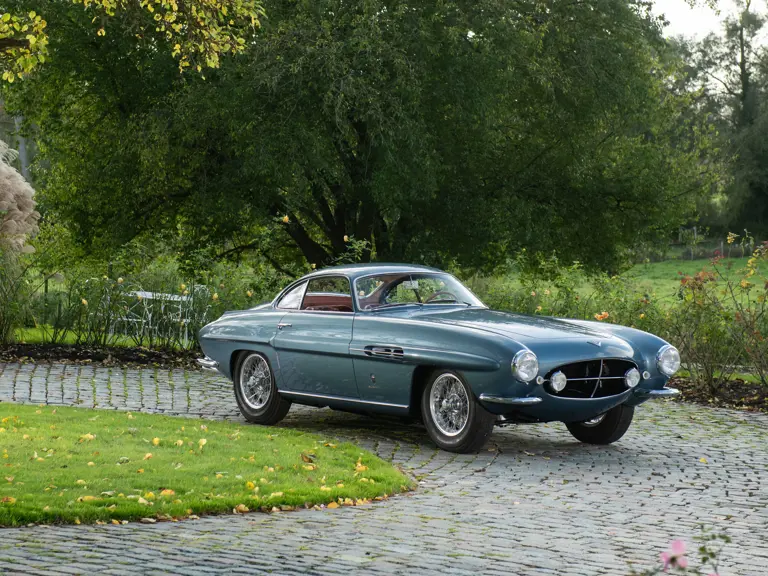
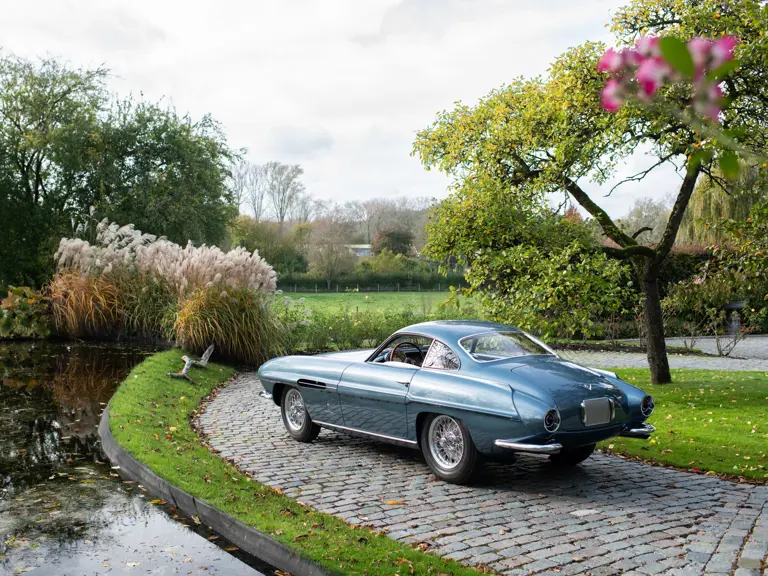
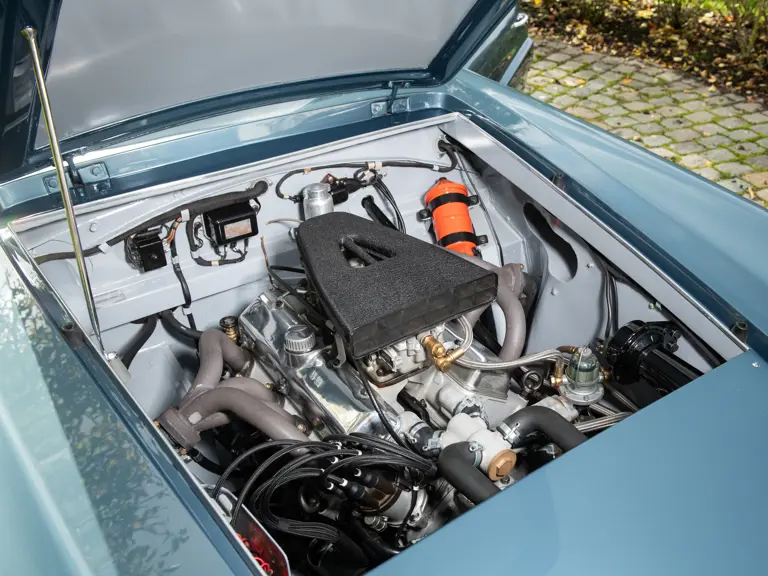

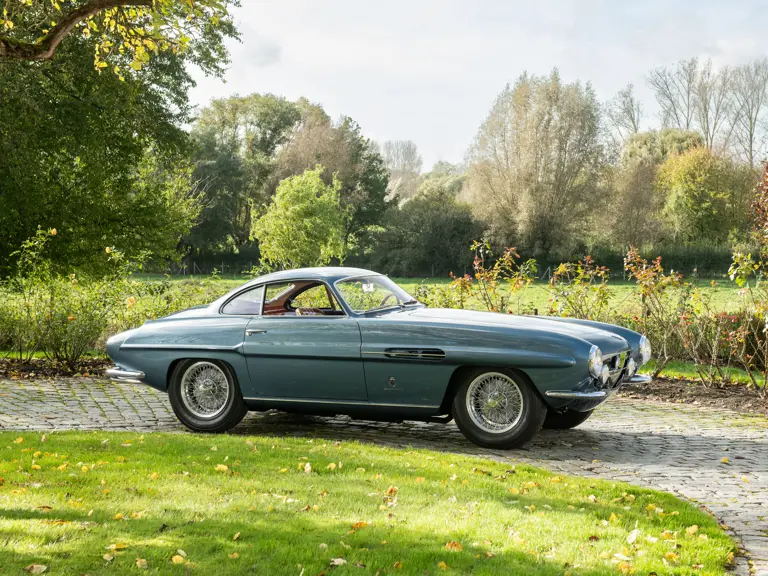
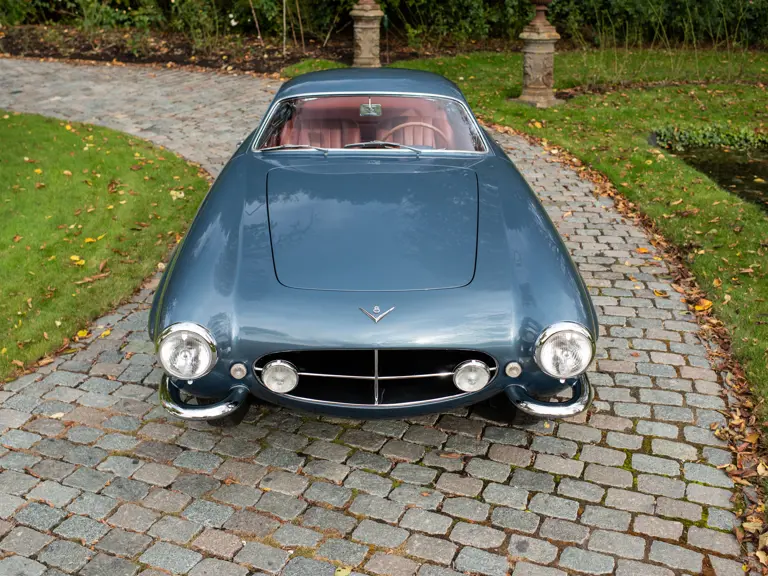
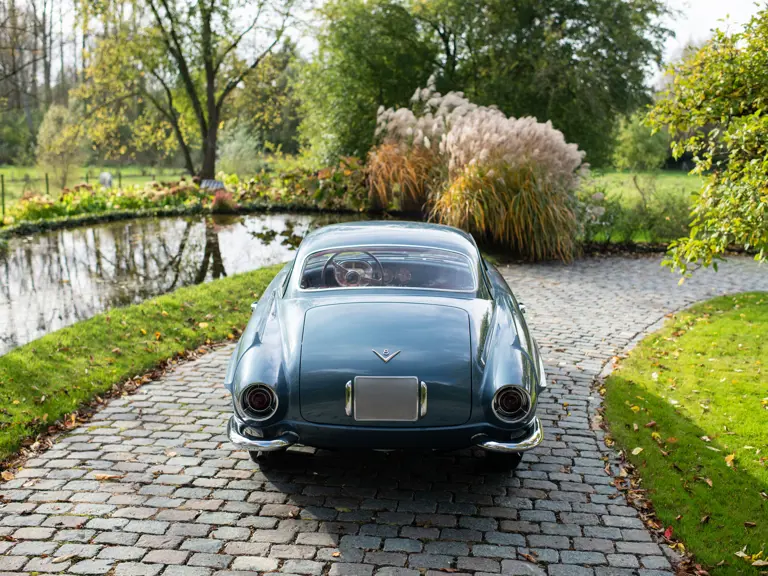
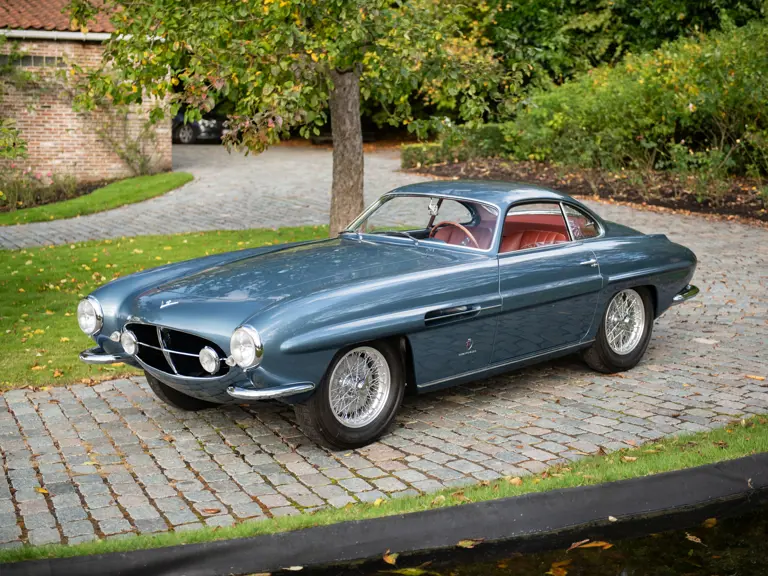

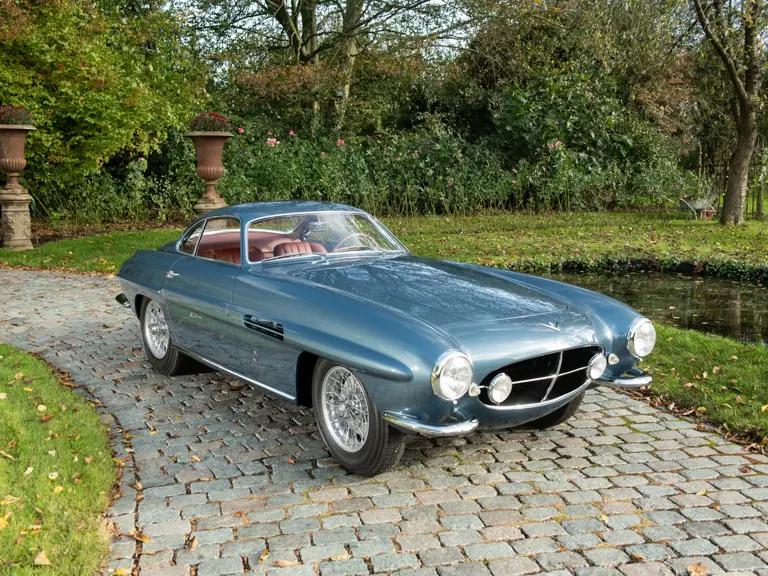
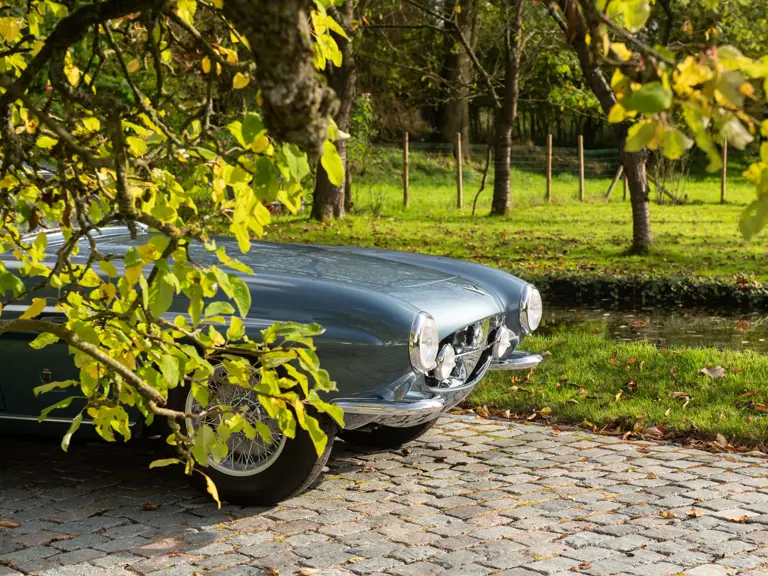
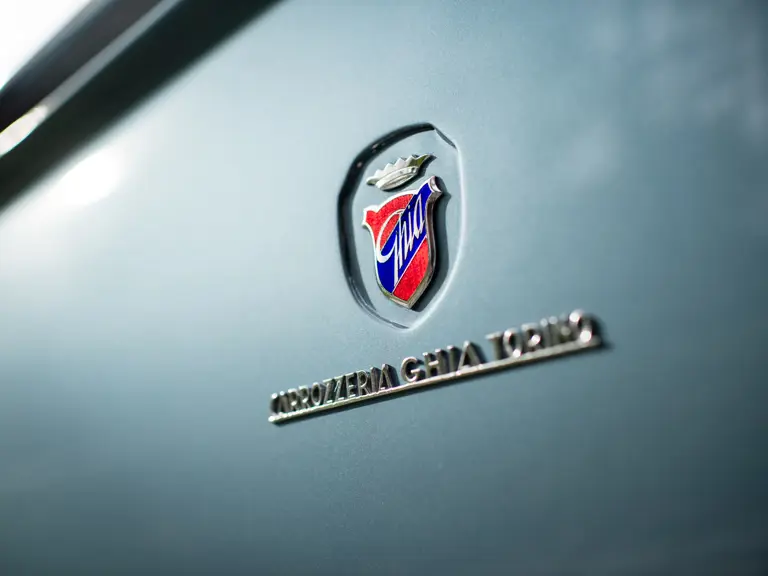
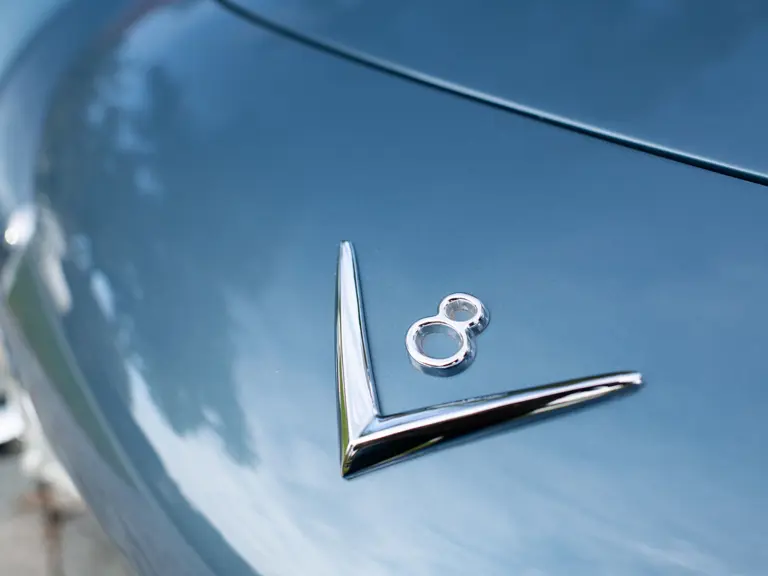
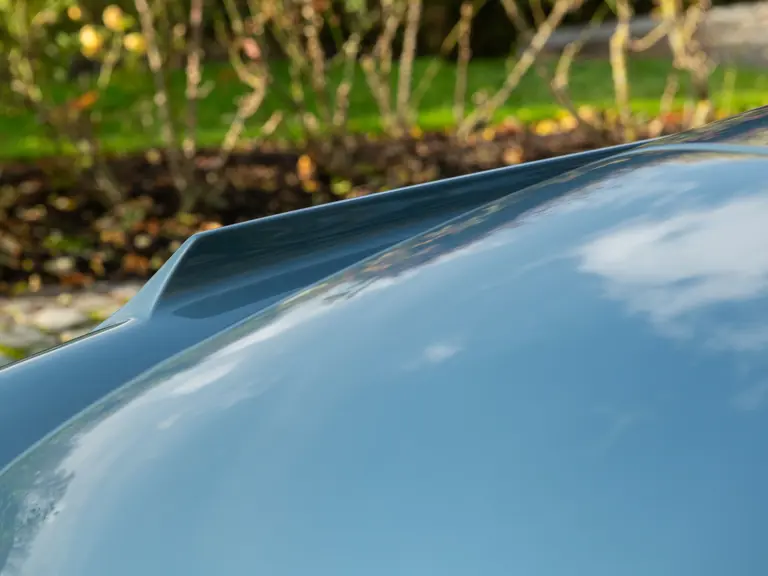
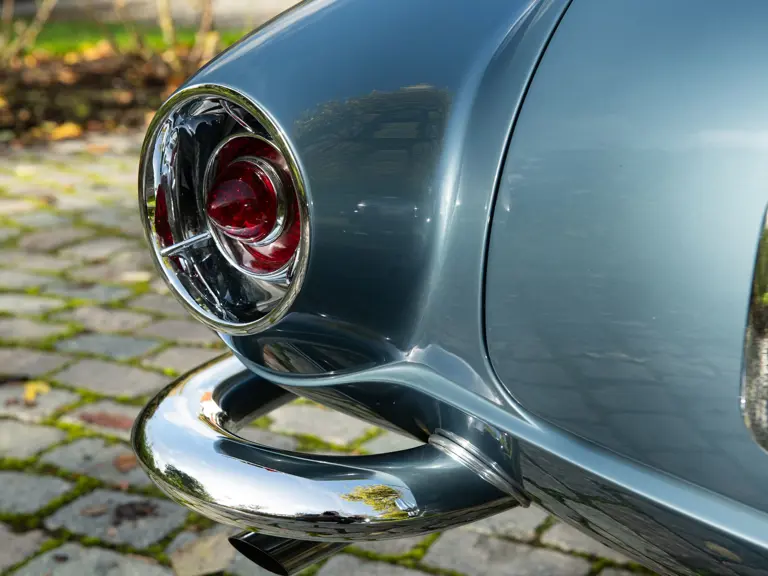
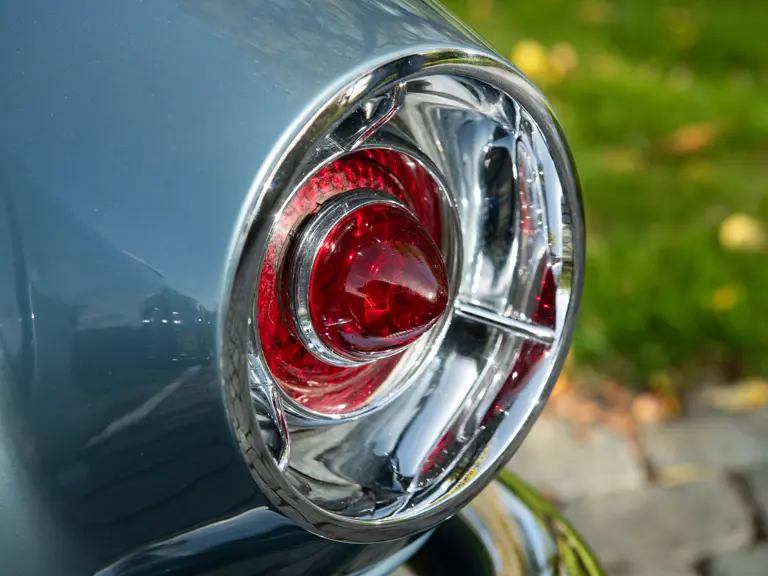
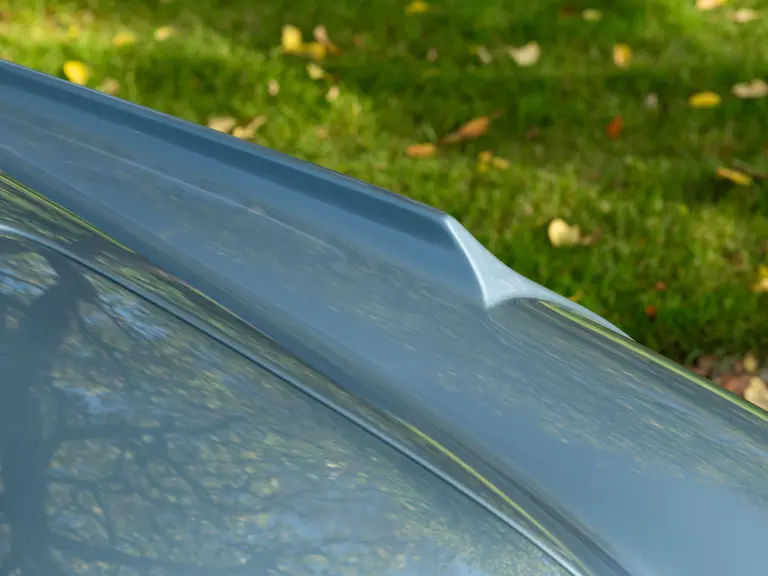
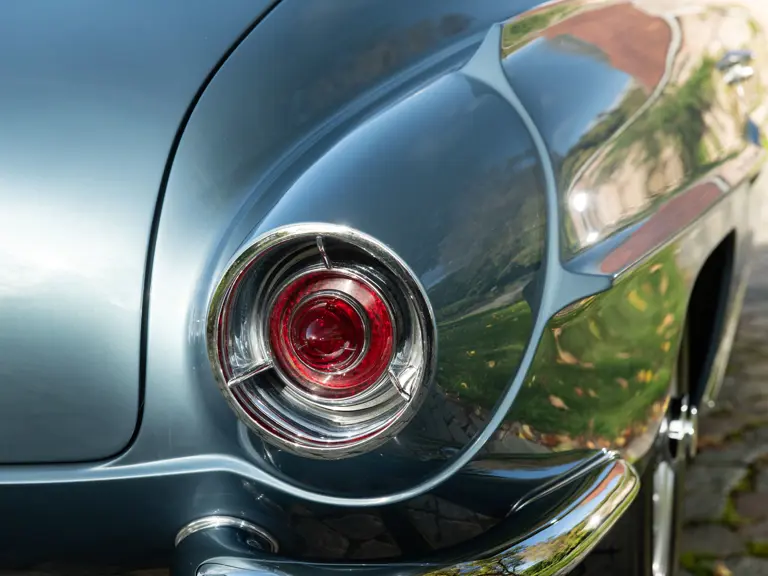
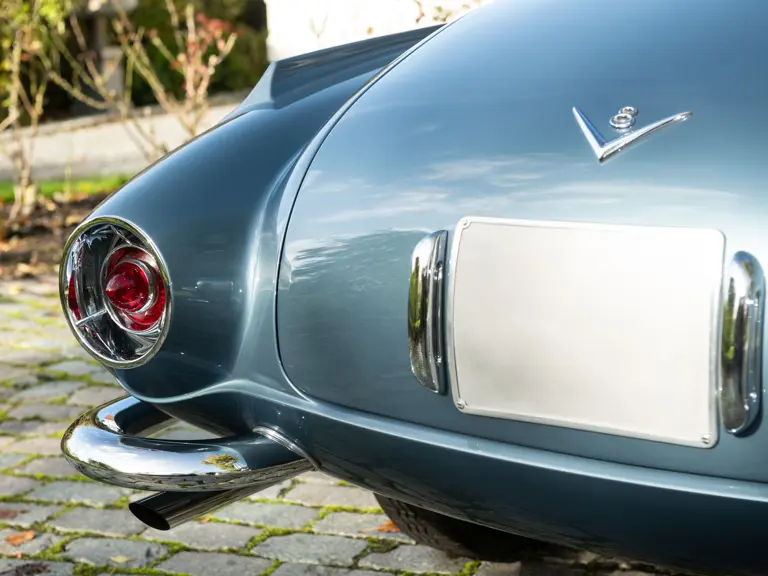
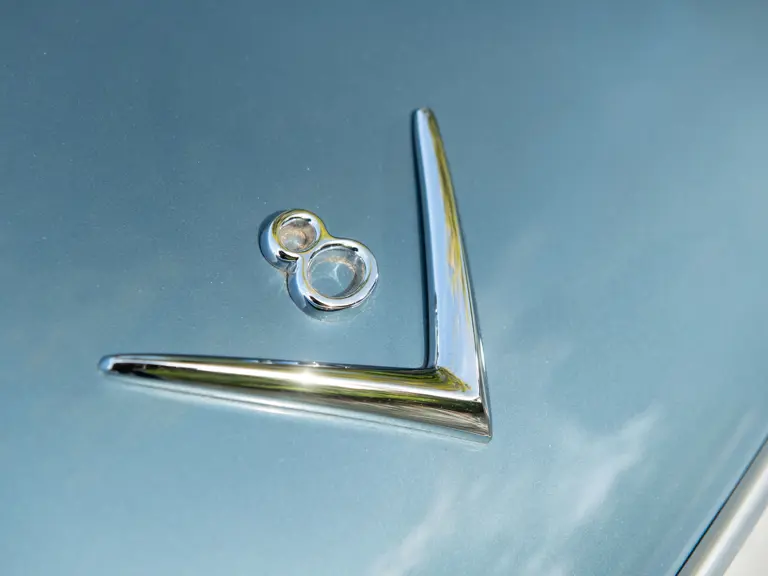
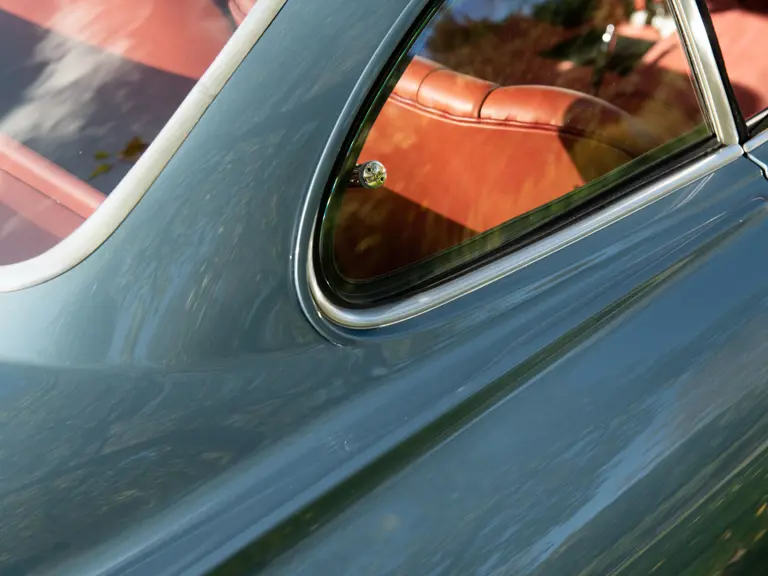
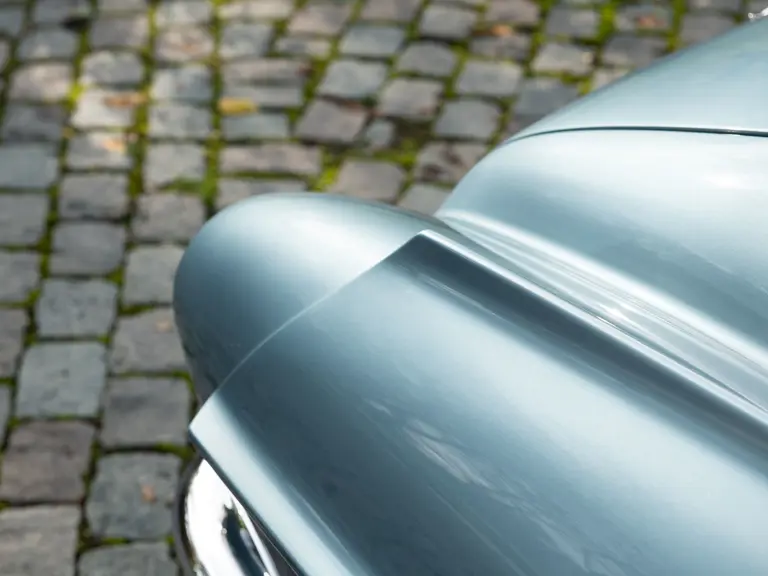
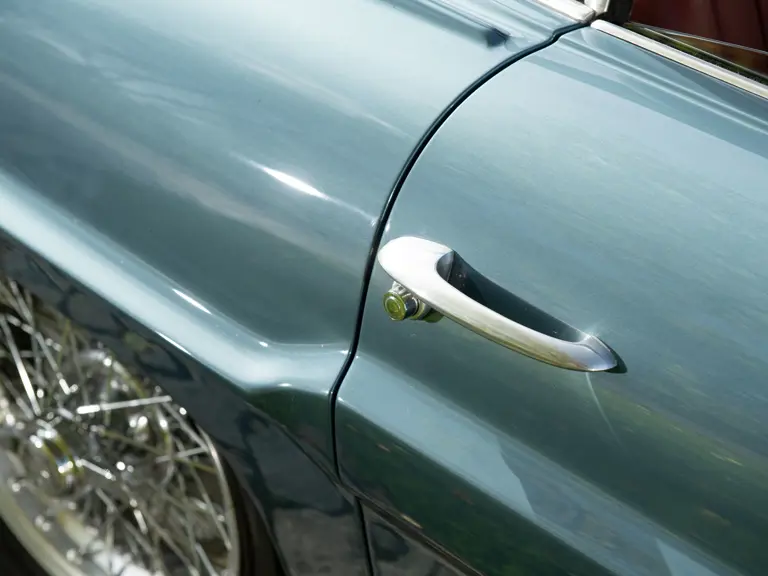
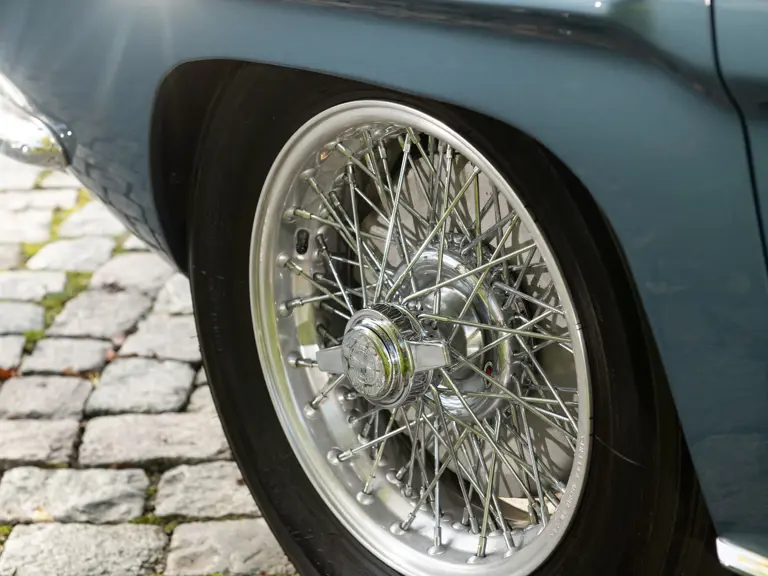
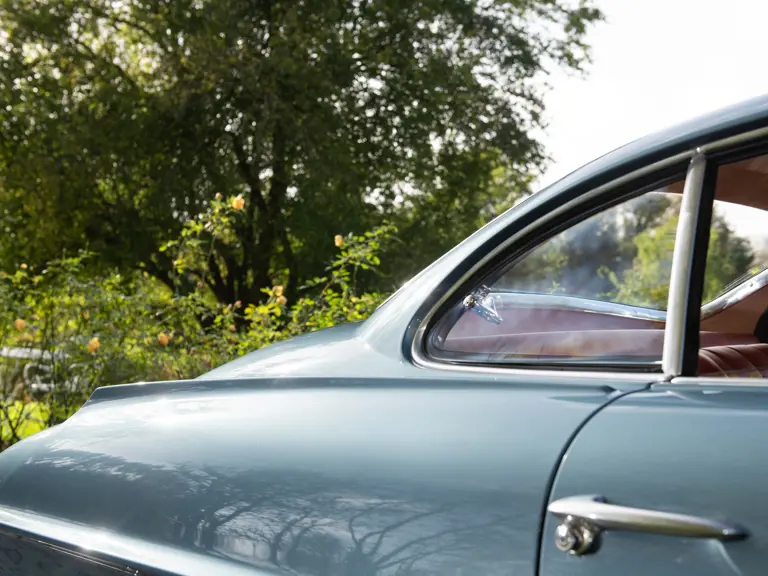

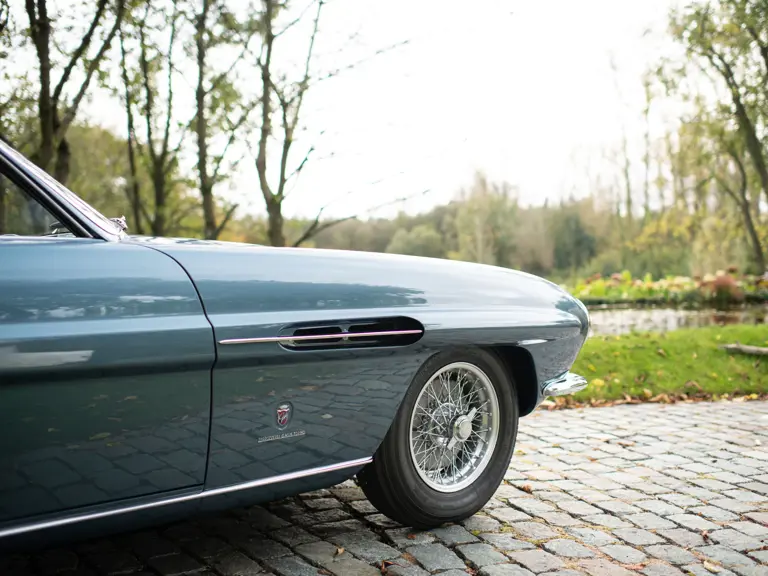
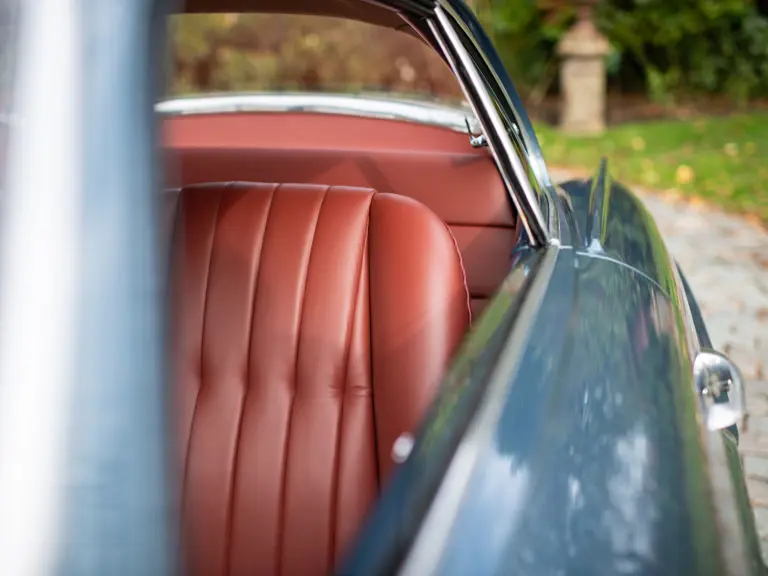
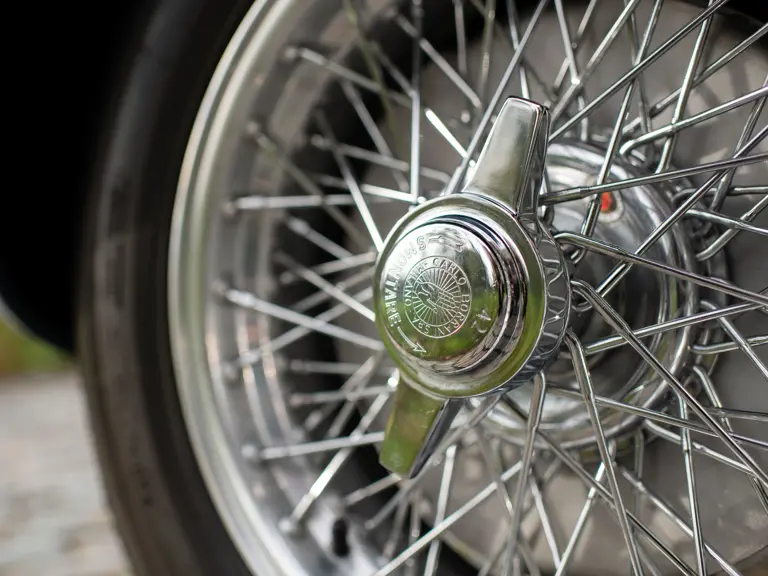
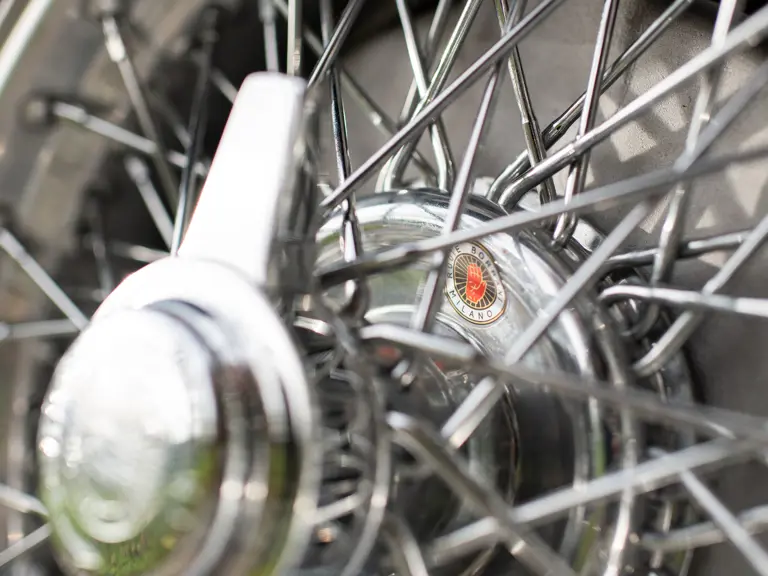
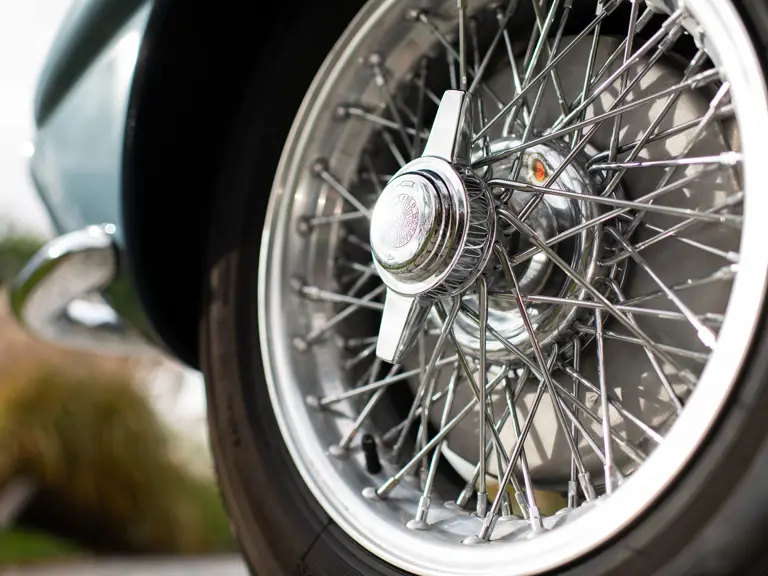
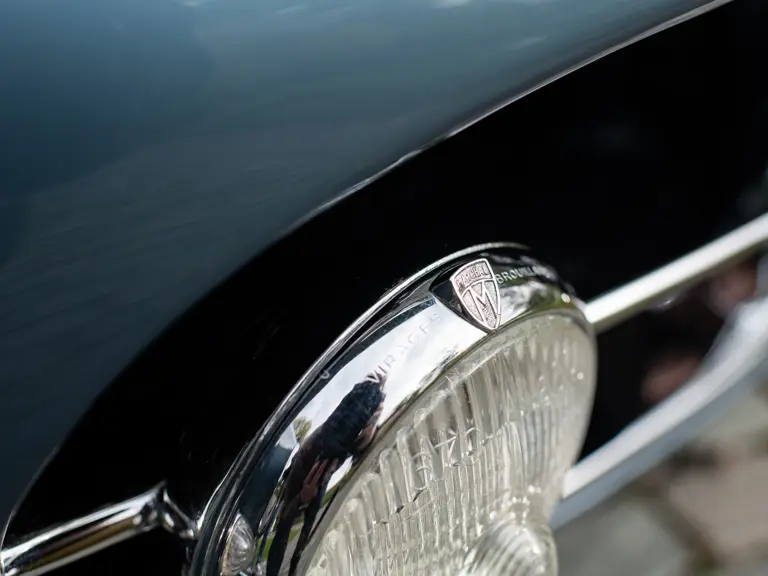
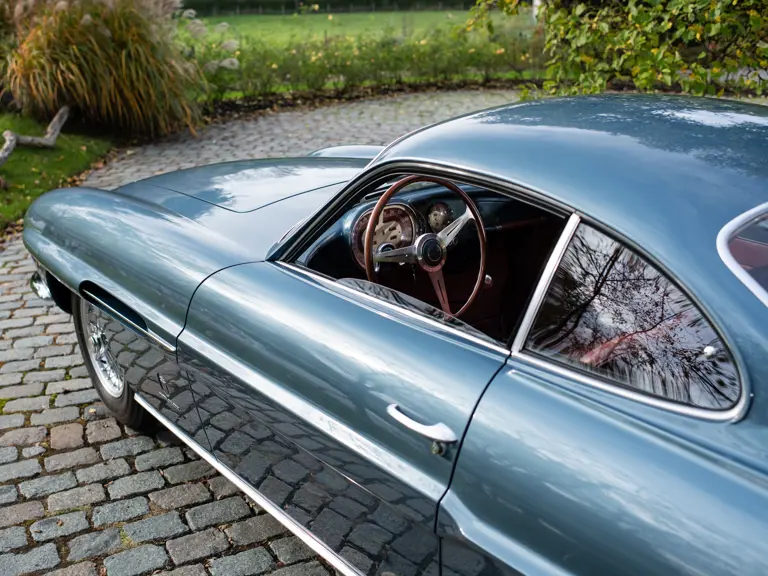
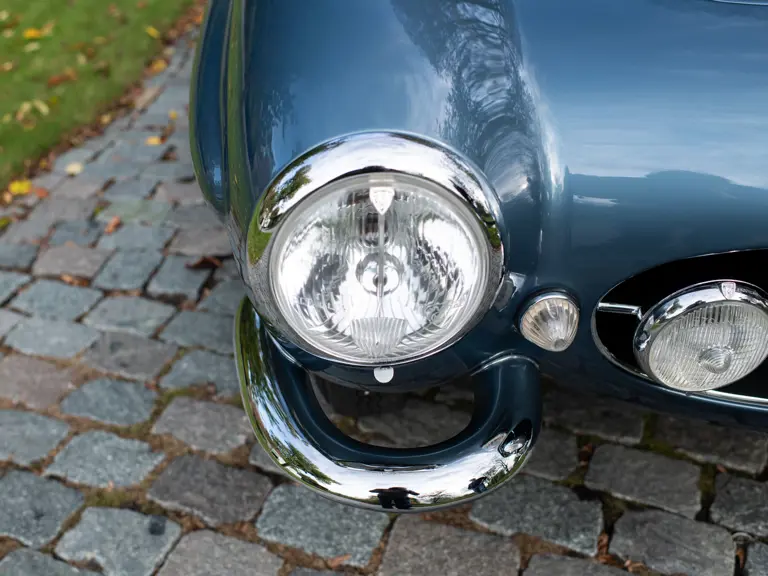

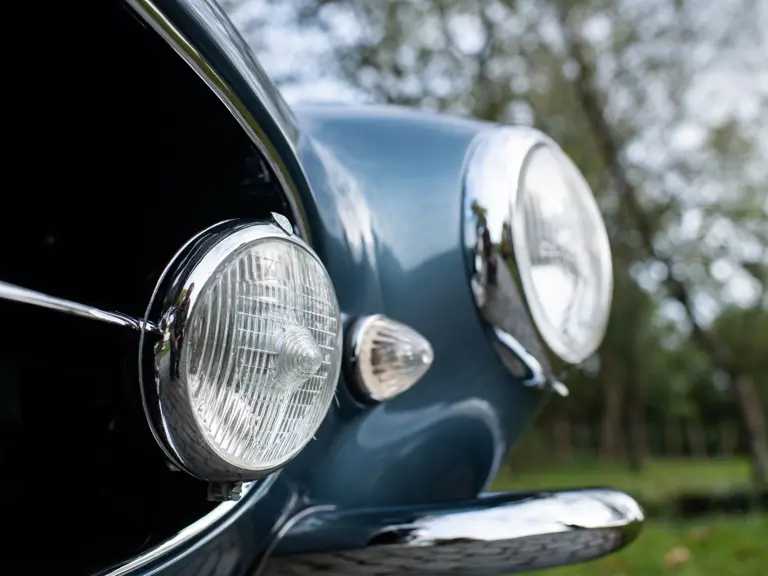
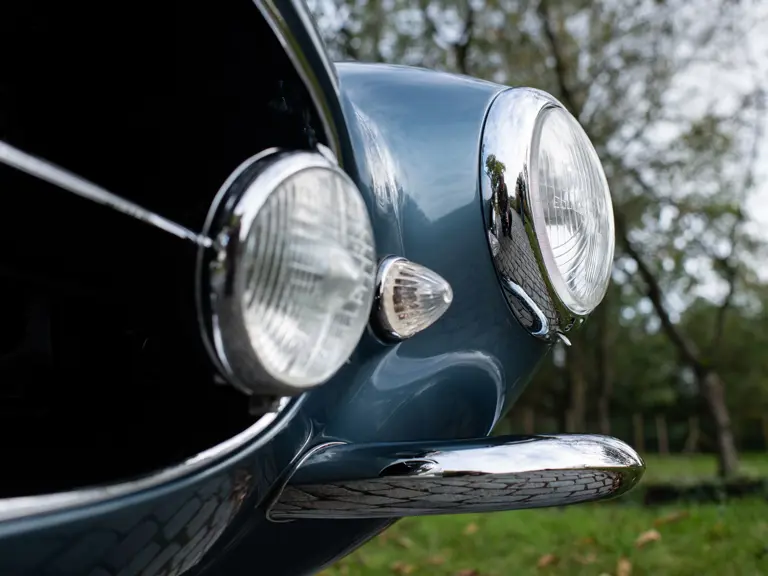


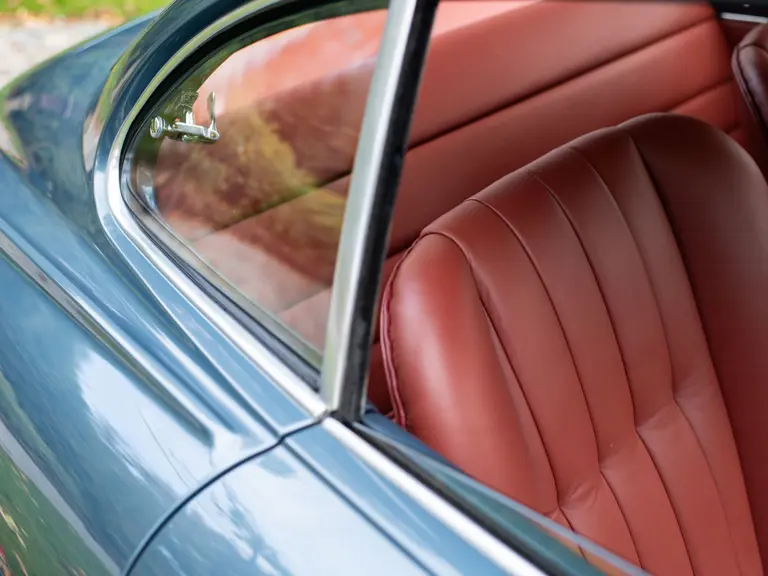
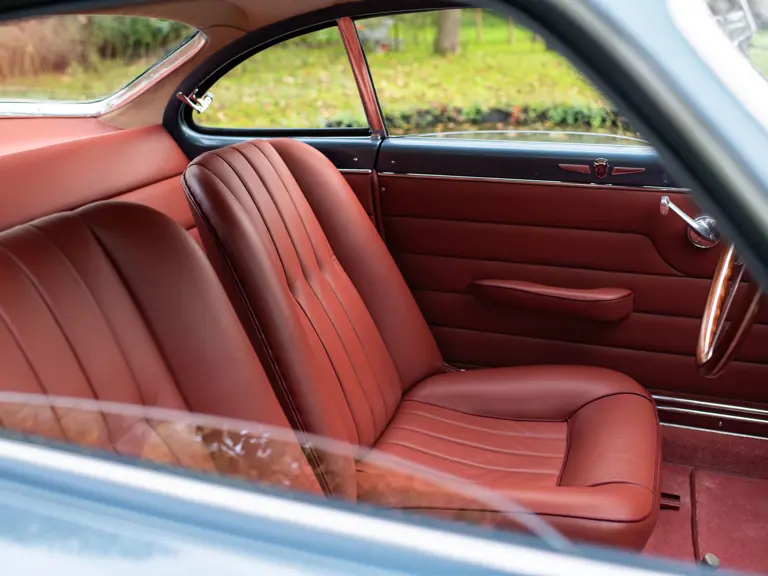
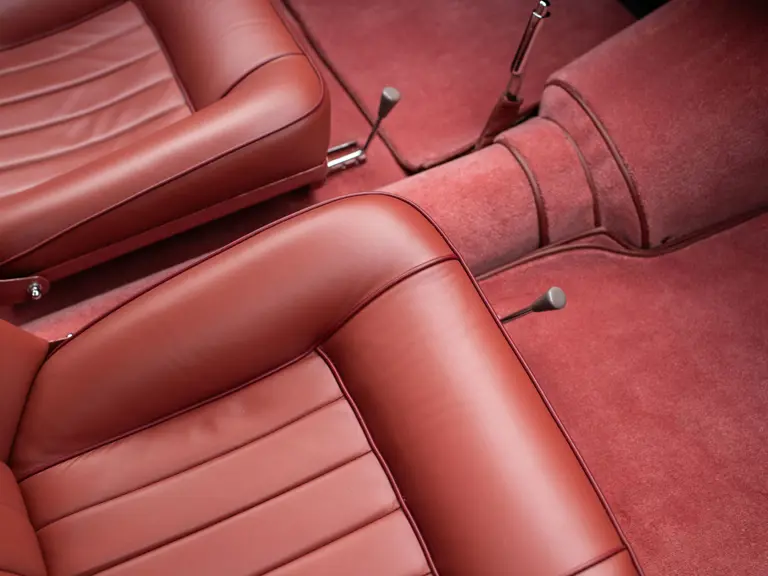
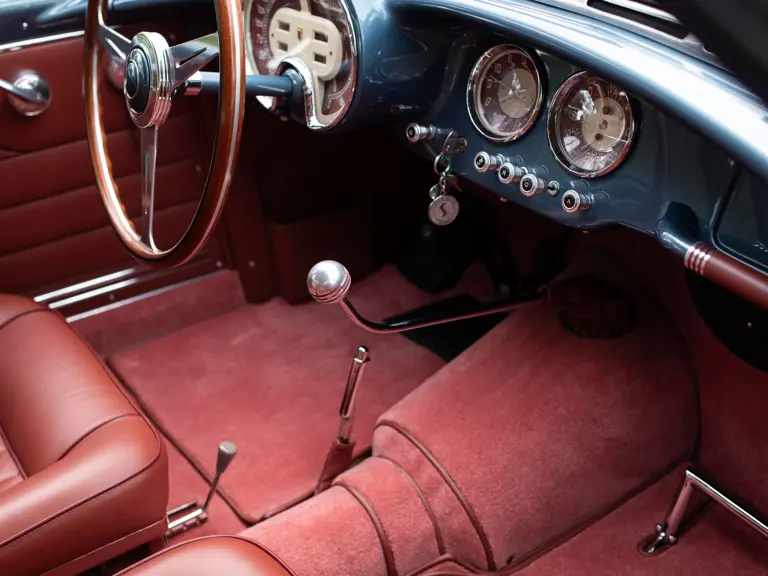
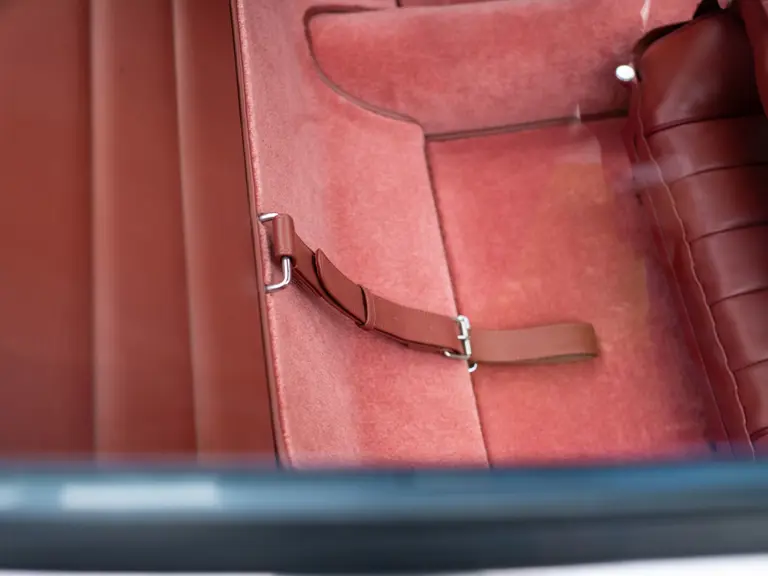
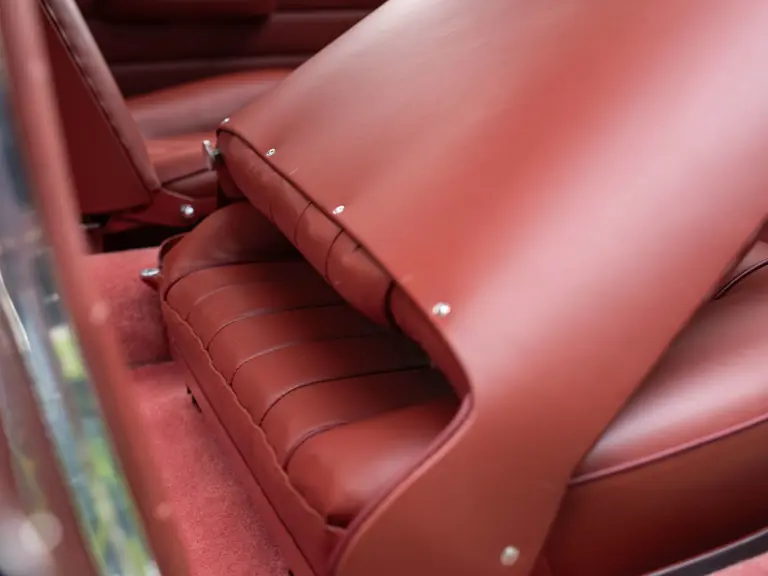
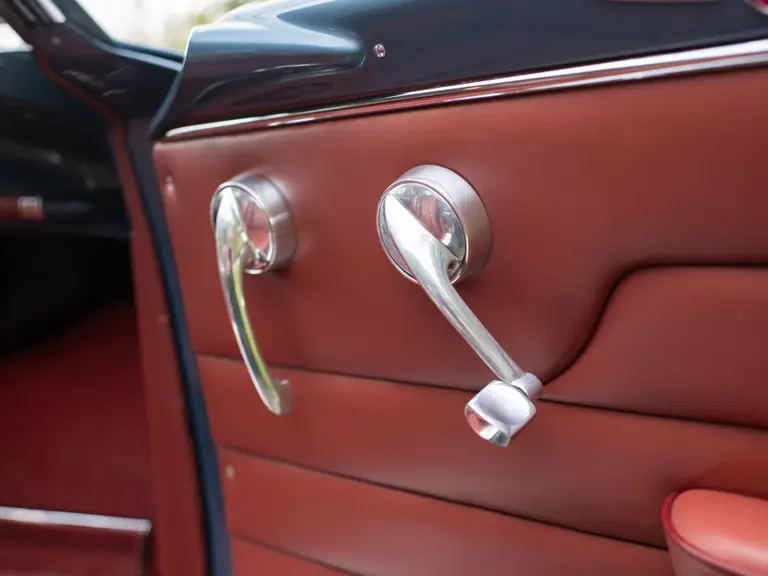

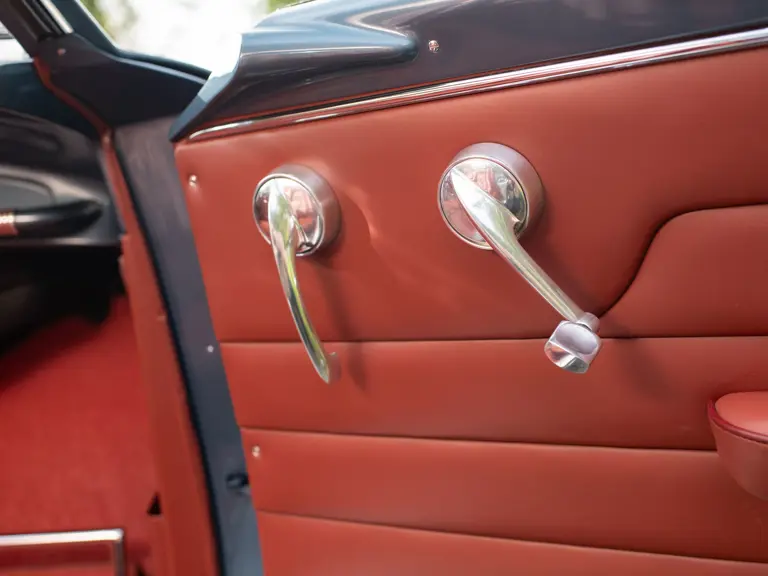
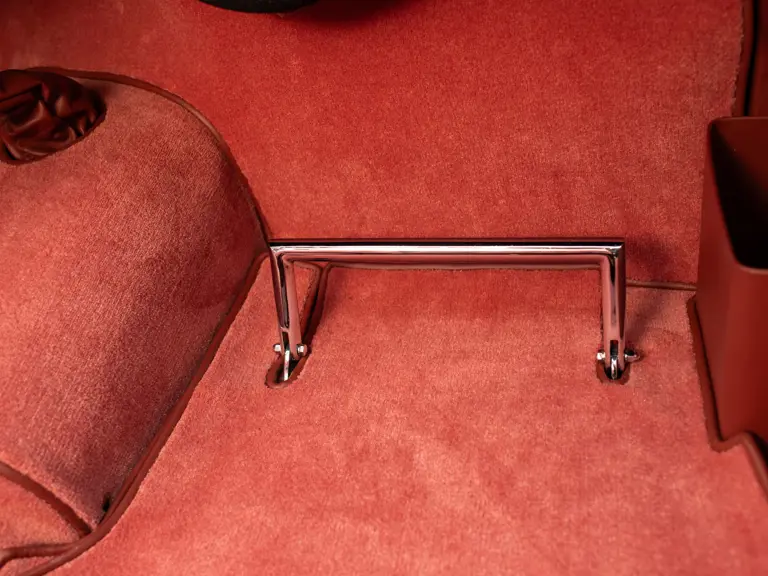

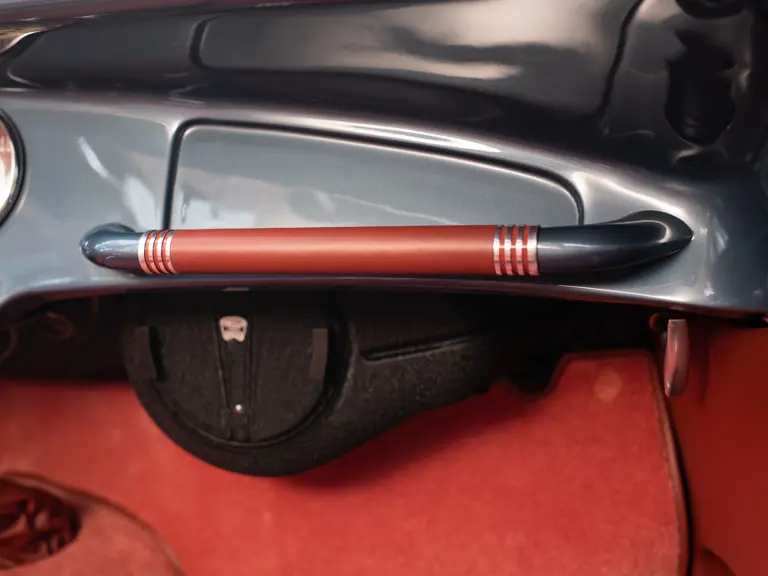
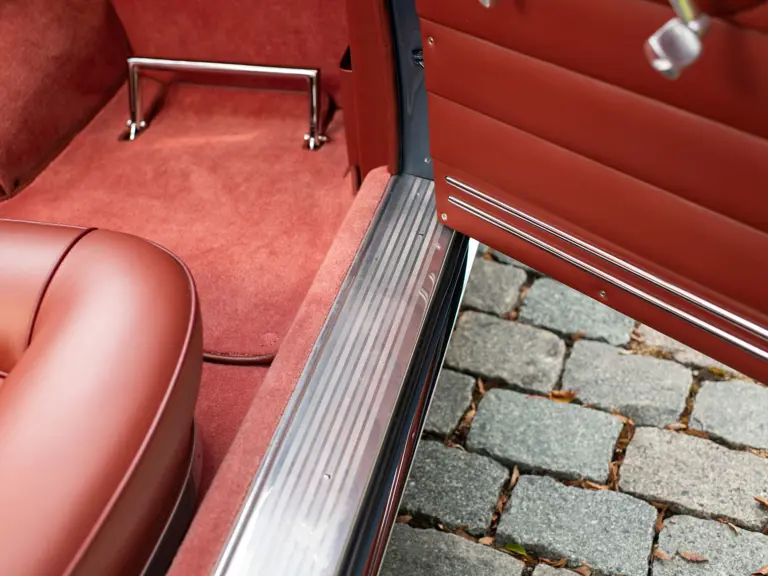


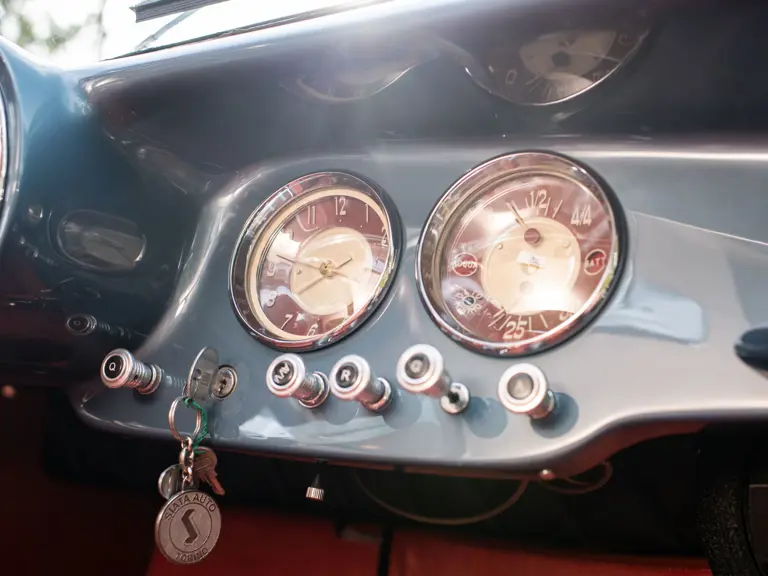

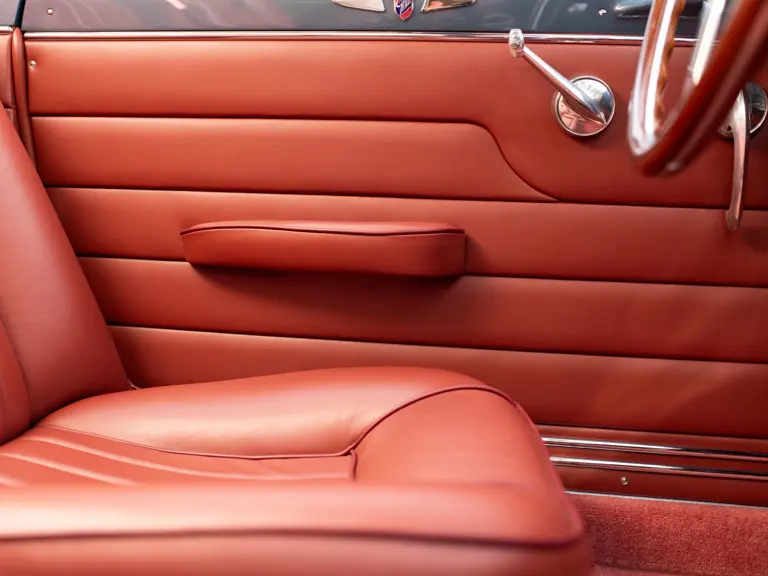
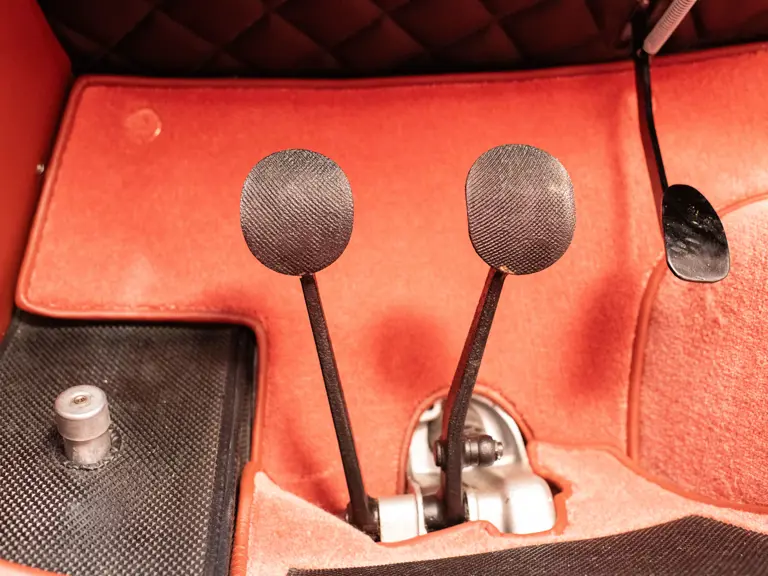
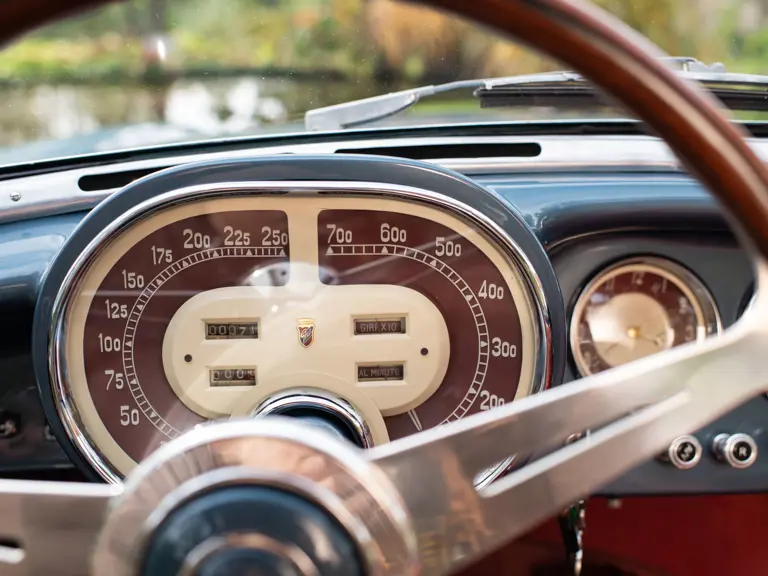
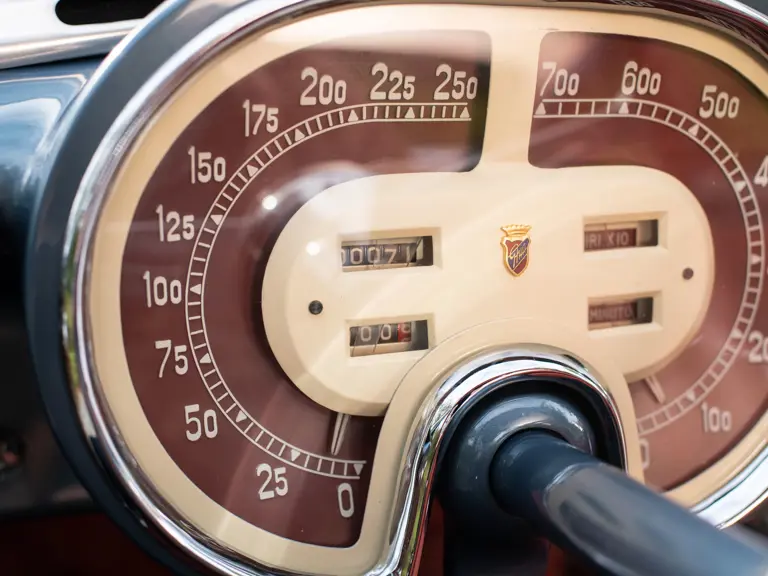
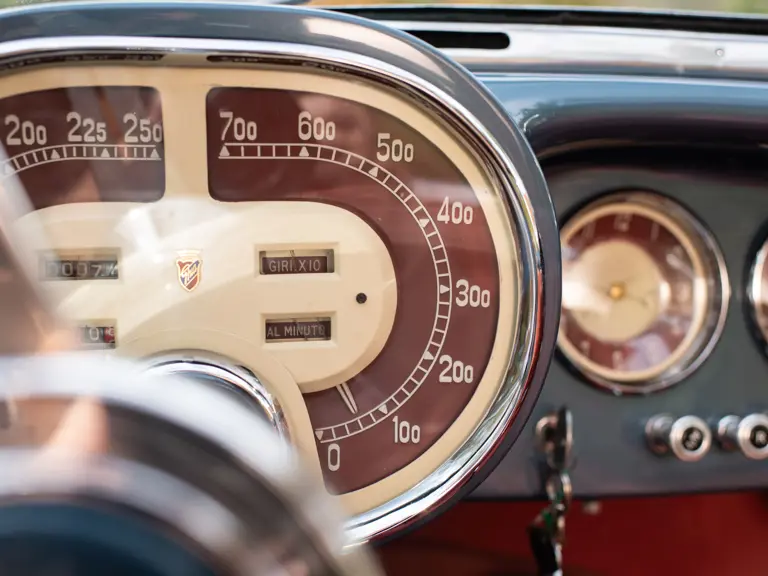
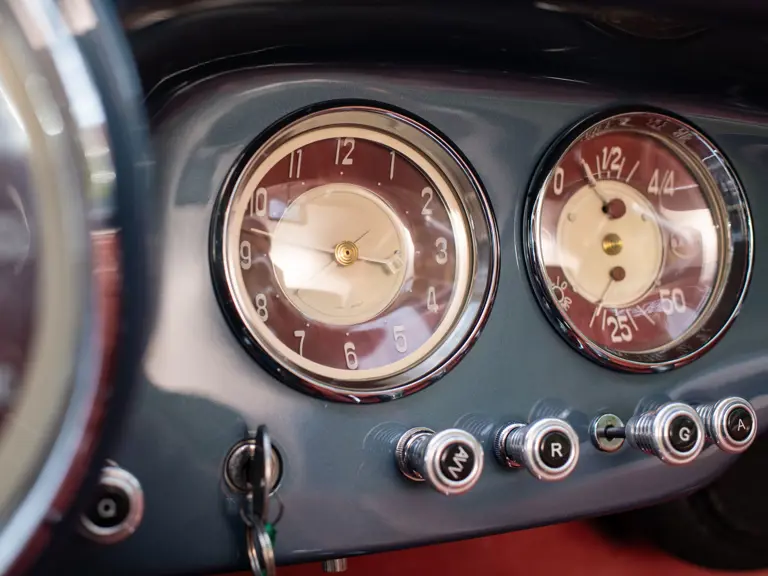
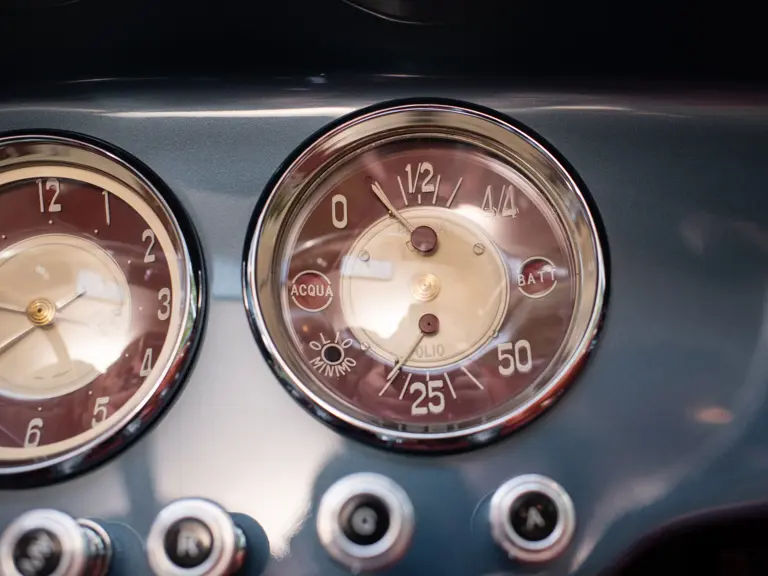
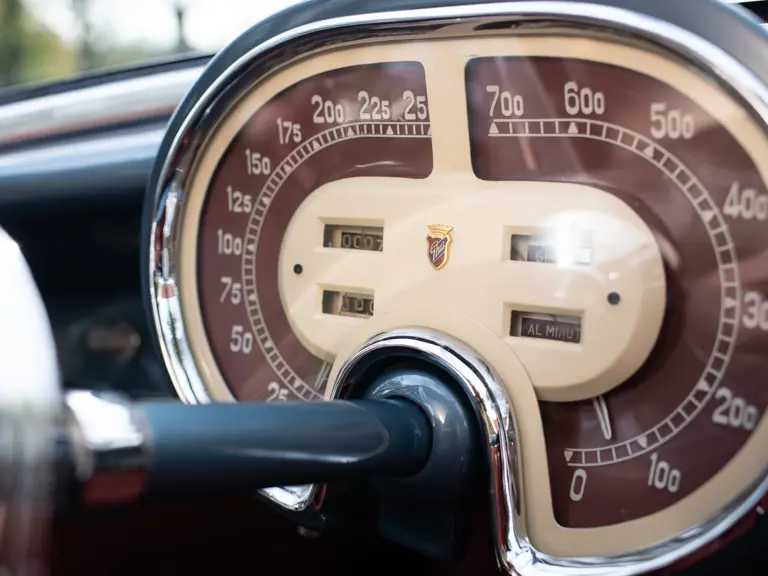
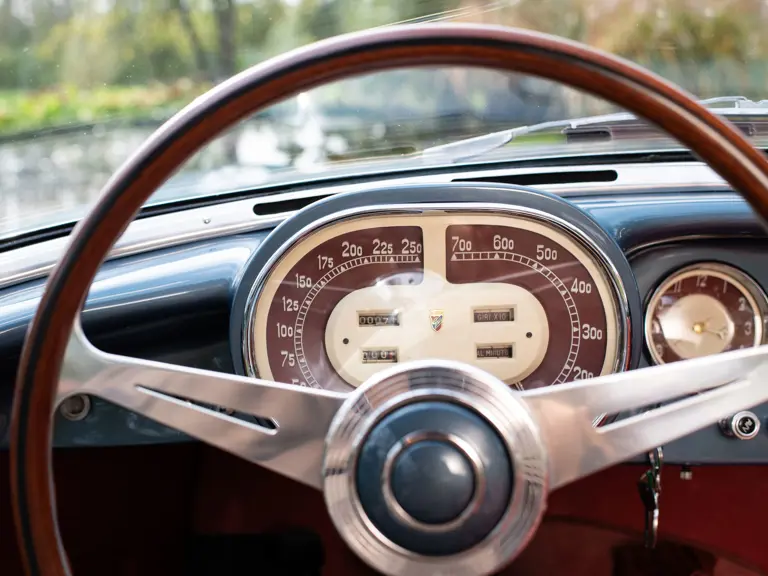
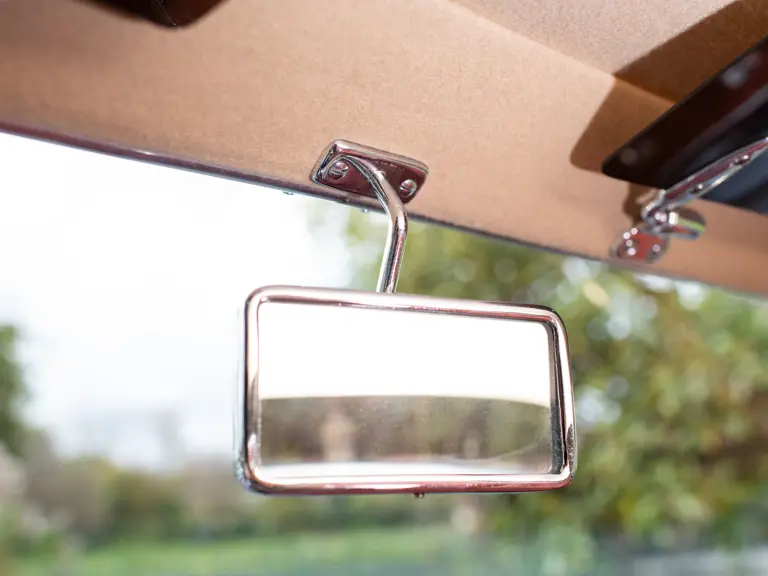



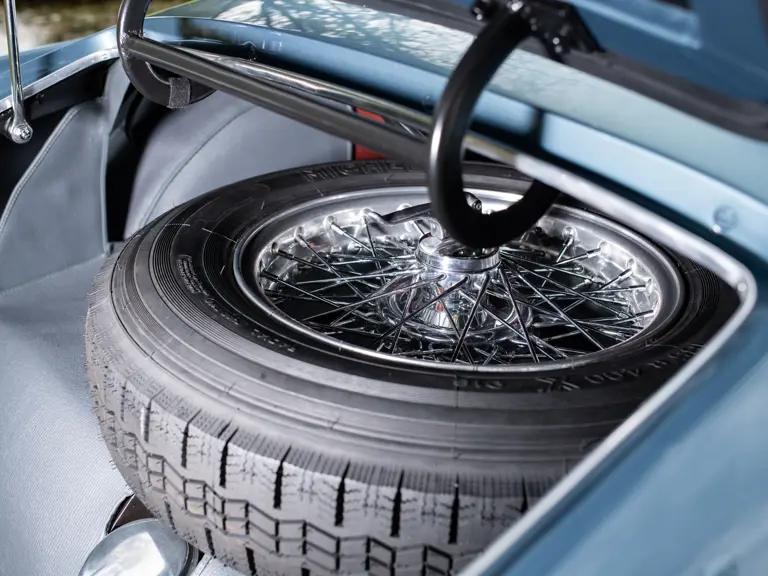
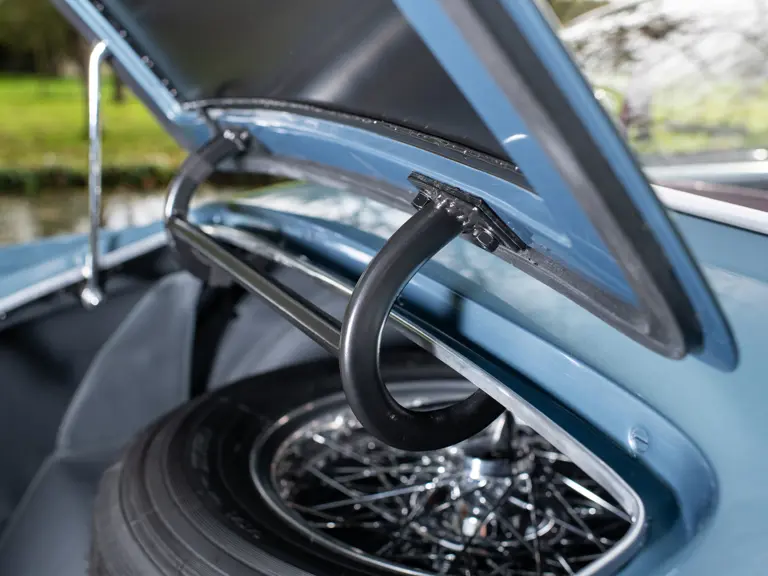
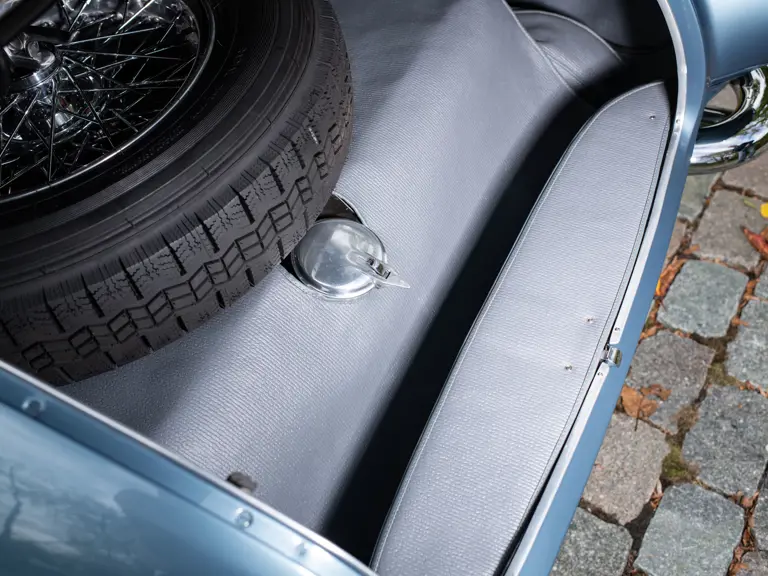


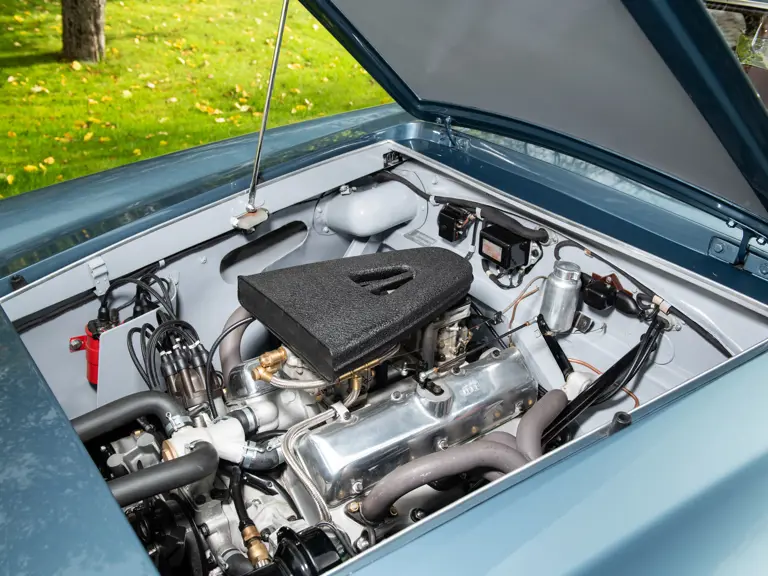
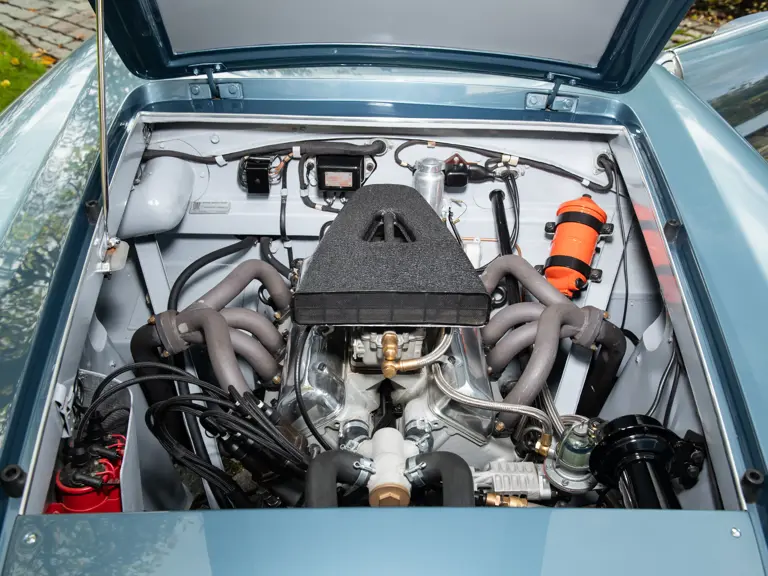
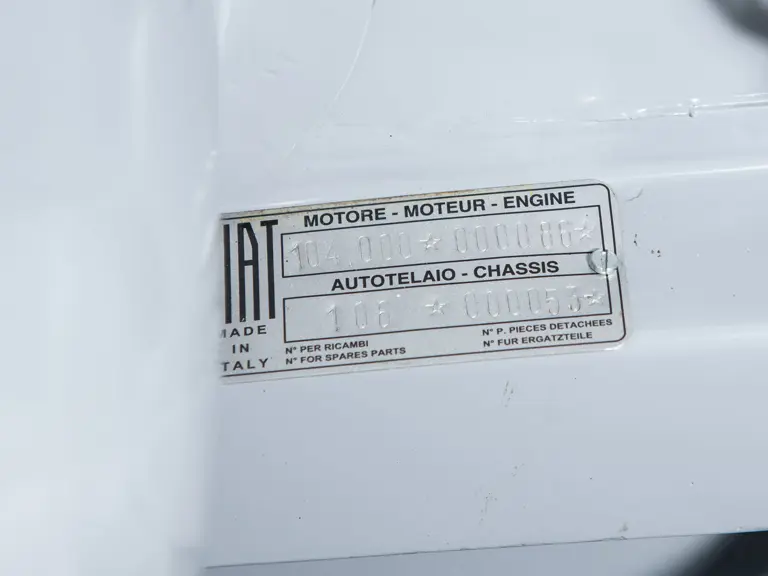
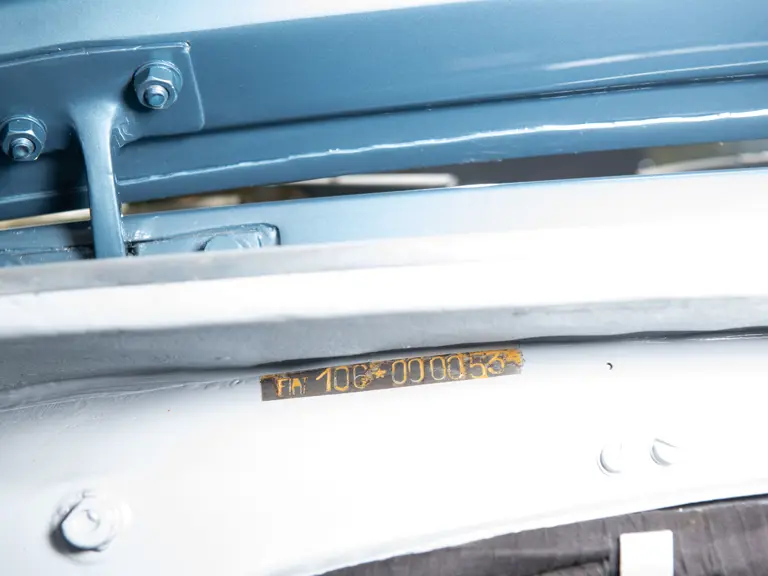
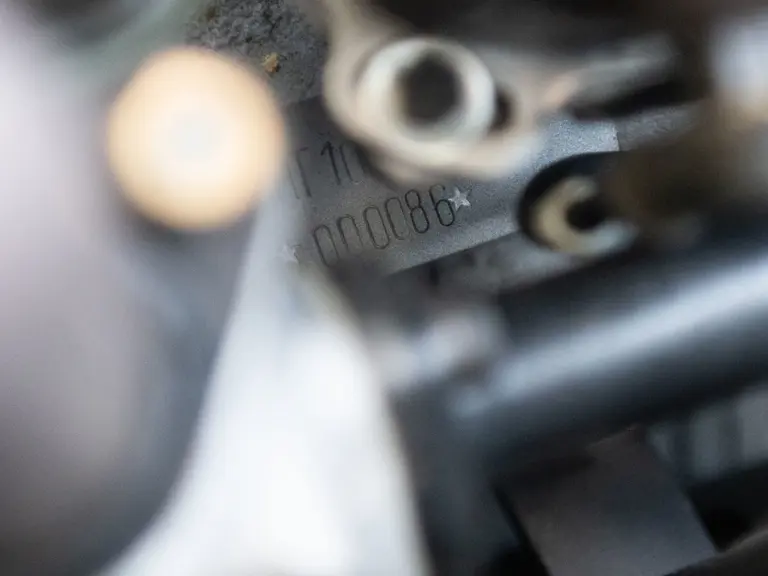
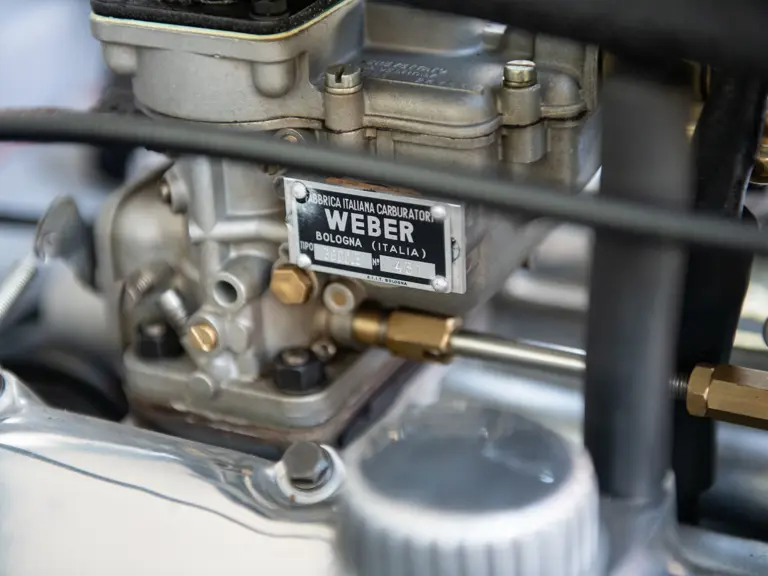
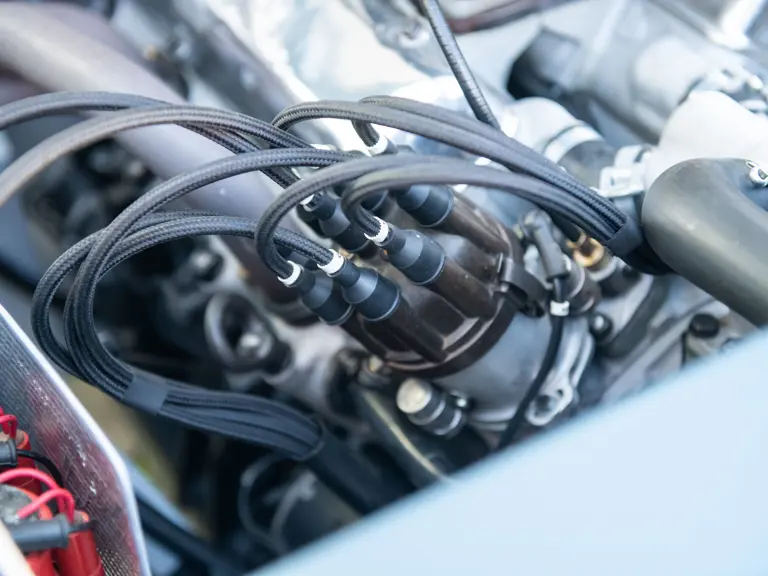
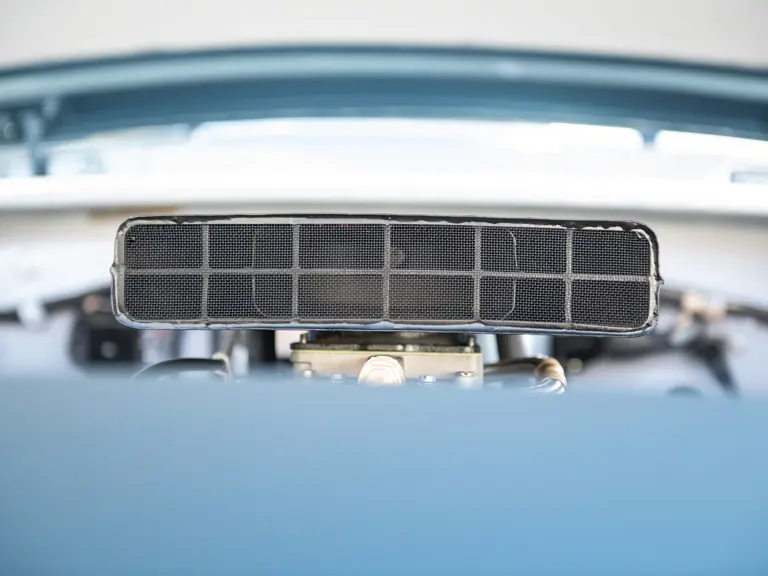
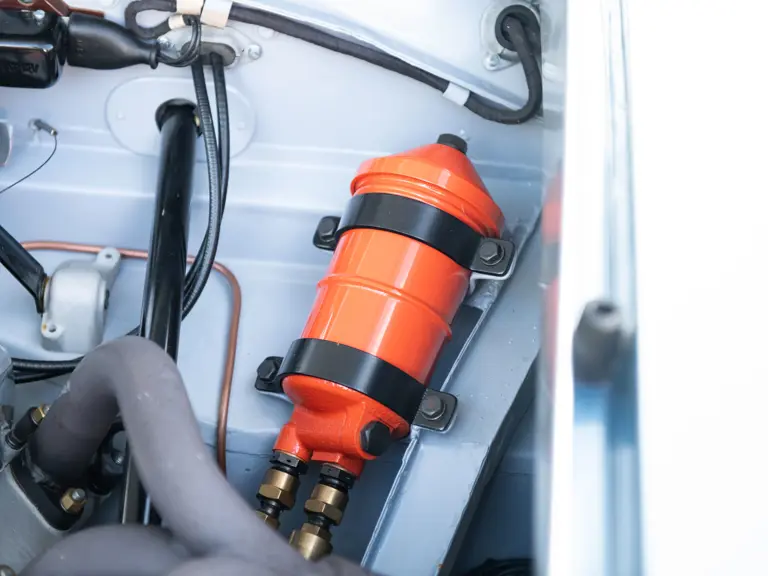
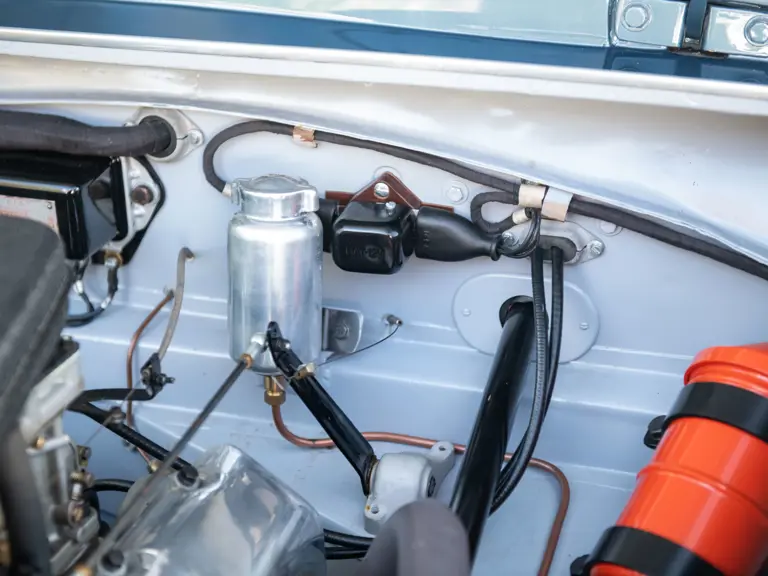

 | New York, New York
| New York, New York
